The best wired headphones, all tested by TechRadar's audio experts
The best over-ear and on-ear cabled headphones for an audiophile-grade experience

The best wired headphones are a great choice for anyone who values exceptional audio quality above all else. At TechRadar, our team has tested and reviewed countless pairs of headphones, giving us unmatched expertise in identifying the top models for sound clarity, build quality, and overall performance. Every pair of headphones in this guide has undergone rigorous testing to ensure it meets our high standards.
Wired headphones are the best headphones for audiophiles seeking uncompressed, high-fidelity sound directly from their devices. While wireless headphones dominate the market for being convenient, wired models still reign supreme for audio quality. Even the best wireless headphones rely on Bluetooth, which compresses audio and can sacrifice some detail. In contrast, wired options deliver pure, unaltered sound and dependable performance, with sturdy cables and lightweight, comfortable designs. Plus, without batteries to worry about, they’re often lighter and more portable.
This guide highlights the best wired over-ear and on-ear headphones currently available. If you’re after a more compact option, don’t miss our guide to the best wired earbuds, designed for those who prefer in-ear models.
The quick list
Want to cut to the chase and find out which wired headphones are the best? Below, you’ll find a roundup of our choices. You can also jump to a more detailed write-up of every pick, and our price comparison tool helps you find the best deals.

The best wired headphones overall
A cool open-back design, comfortable fit and consistent, neutral sound makes these our go-to recommendation for both casual listeners and pros.

The best budget wired headphones
If your budget is what it is, Austrian Audio has a new pair of wired over-ears that are well worth your time with a detailed and revealing sound and high-standard of build and finish considering they're so cheap.
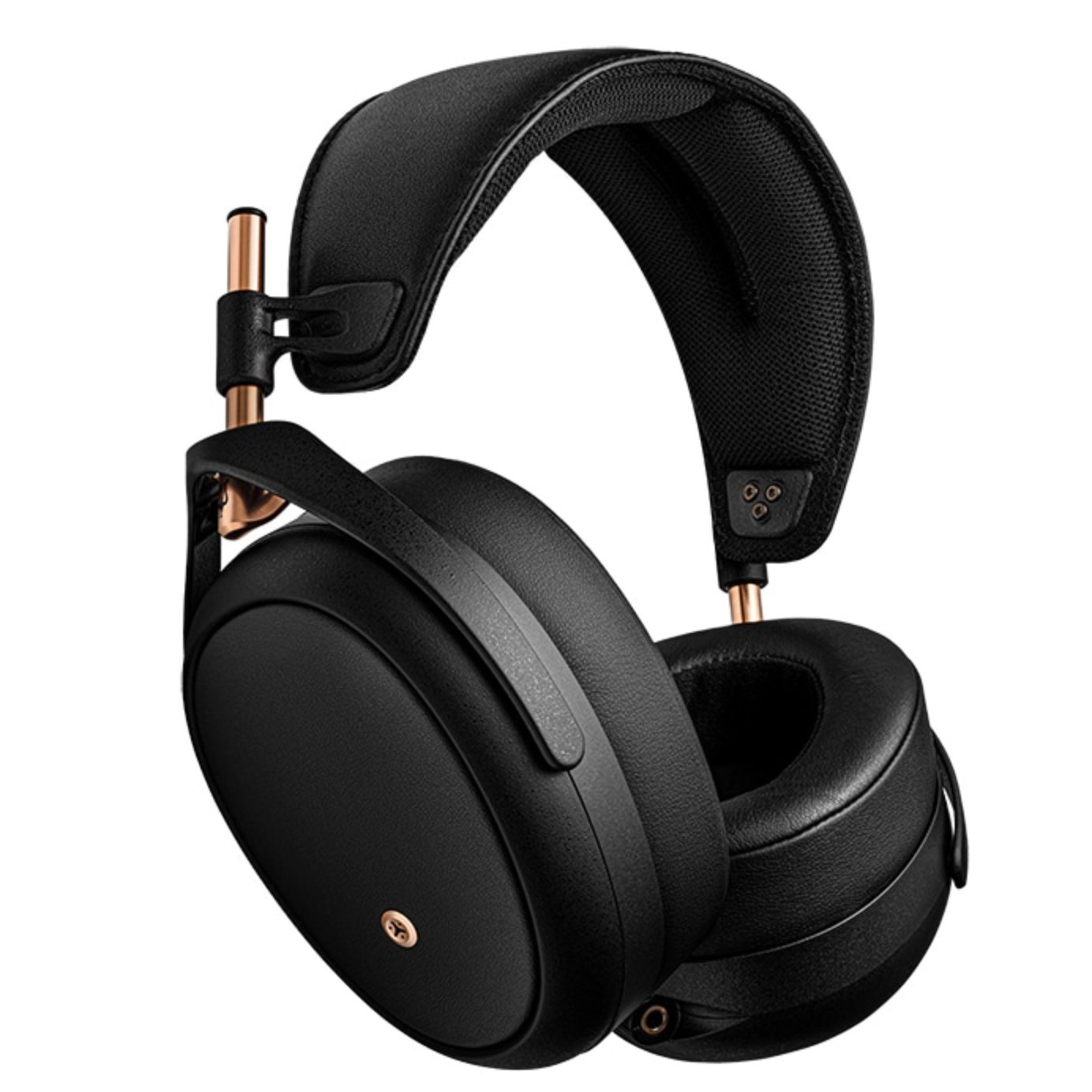
The best audiophile wired headphones
The price and configuration means they aren’t for everyone – and you need a high-end amp to drive them. But you’re in for a treat if they suit you.
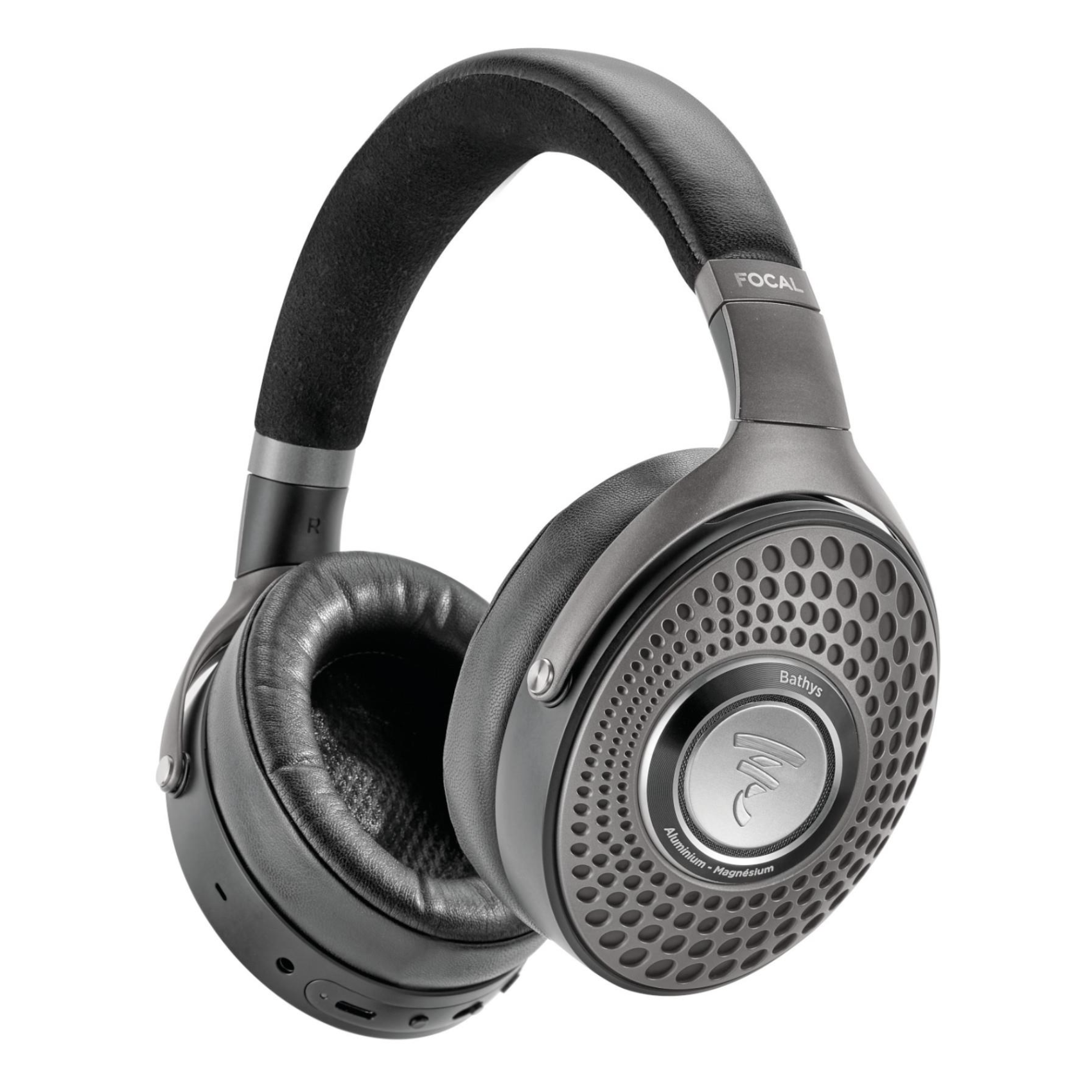
The best wired and wireless combo headphones
The Focal Bathys are novel in that they offer wireless listening and a dedicated DAC mode, but it's in their wired USB-C audio mode that these cans truly shine.
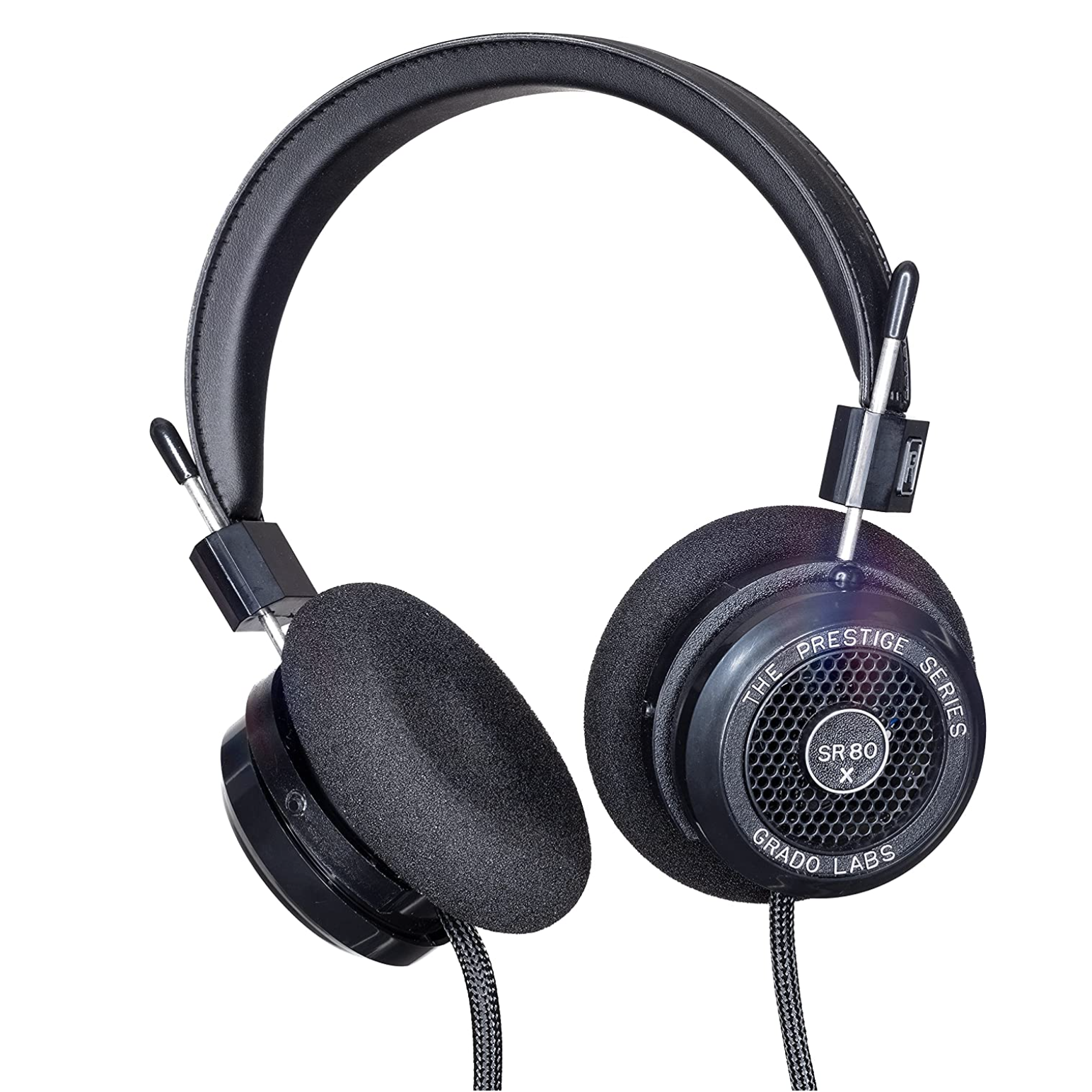
The best cheap on-ear wired headphones
Grado's affordable open-back headphones ooze sophistication. They also leak sound – but that sound is so good for the money that you won't care.
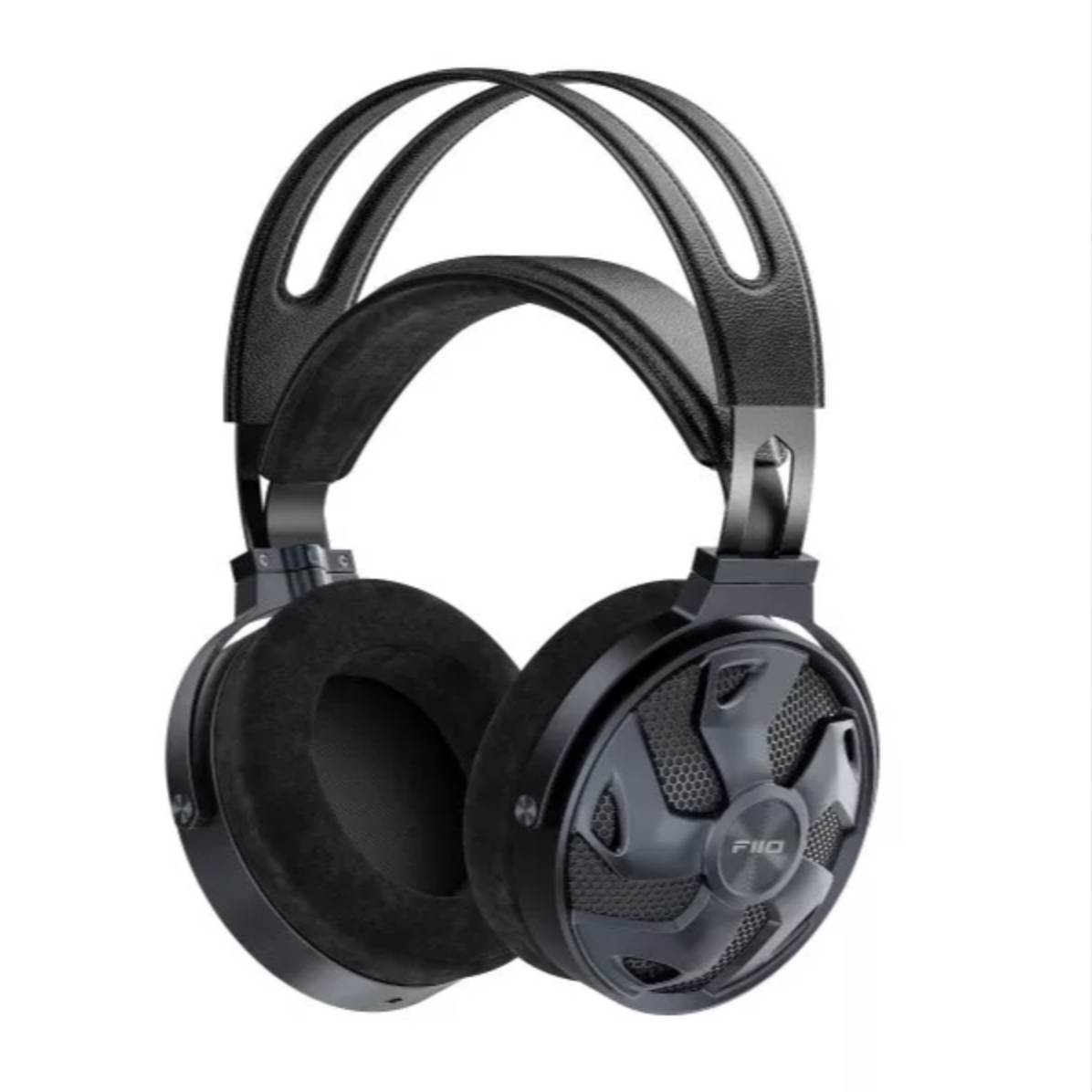
The best wired headphones for affordable analytical sound
Fiio's first headphones shouldn't by rights be this good. And if they're going to be so talented, they shouldn't be this affordable (relatively speaking) either.
Load the next 3 products...

The best planar magnetic wired headphones
FiiO's doing well here, isn't it? We don't make the rules. FiiO's December 2023 cans are big, planar magnetic, powerful and the sound quality superb.
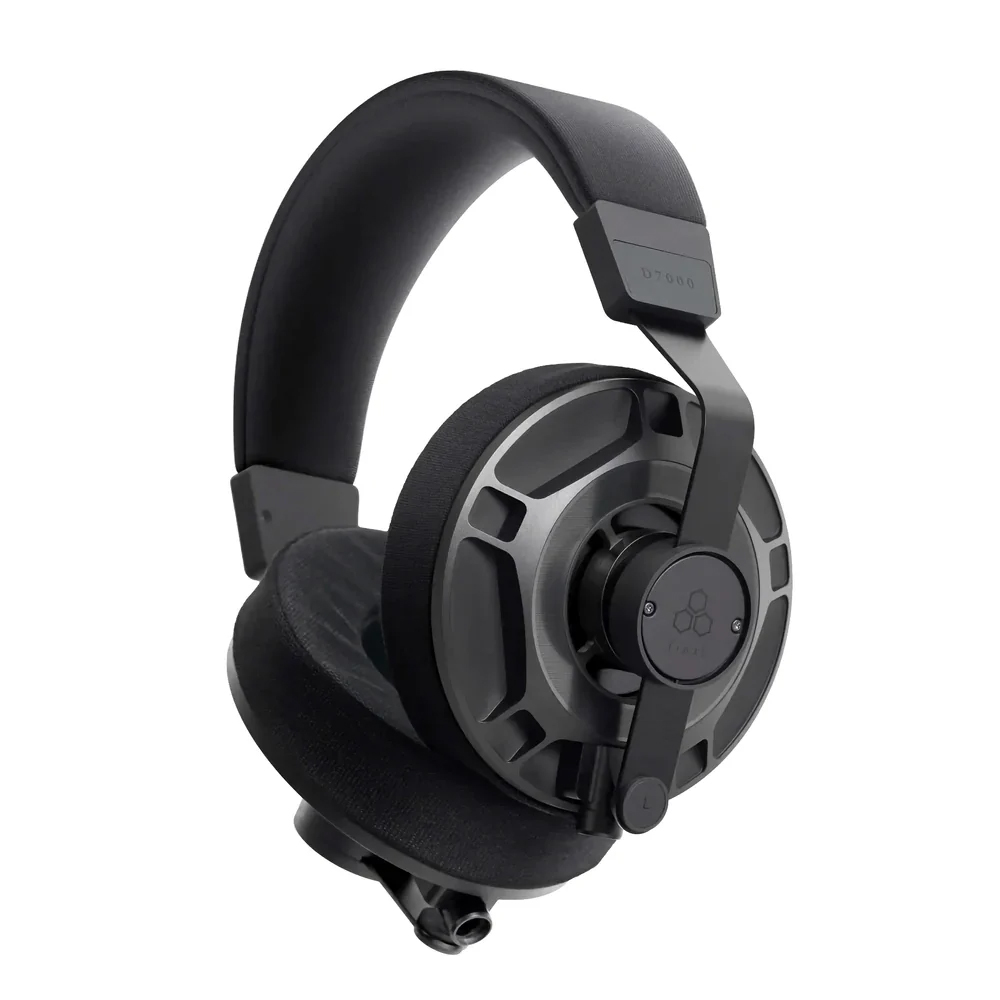
The best elite planar wired headphones
An exceptionally well-built pair of headphones that deliver astounding sound. They're expensive and need a good amp to drive them, but their audio truly delivers.
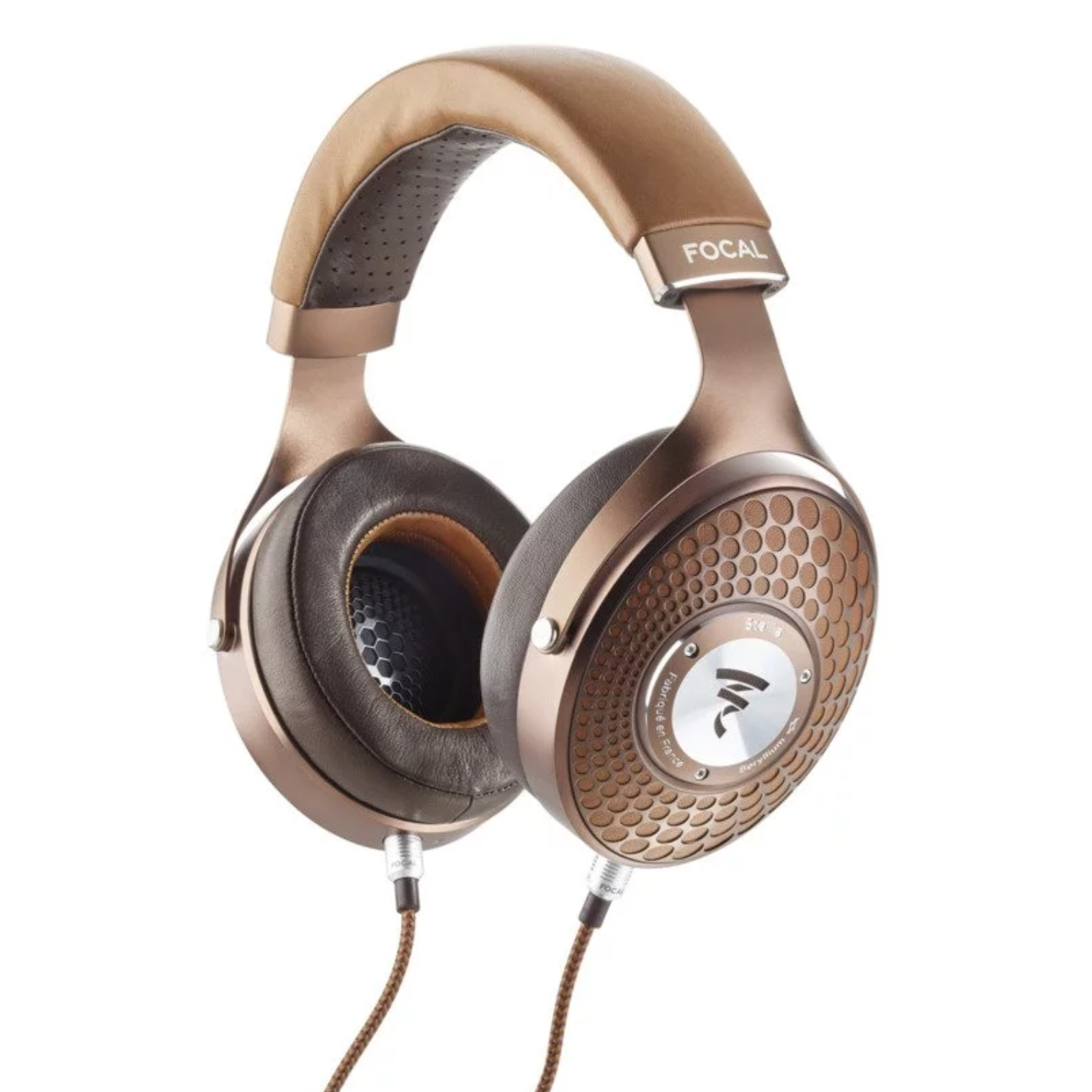
The best high-end closed back wired headphones
OK so they're very very expensive, but if you want chocolate-colored closed-back headphones that look utterly beautiful and sound even better, you've just found them.

The best wired headphones for larger heads
A premium pair of hard-wired planar magnetic headphones with an open-back design that deliver sonic excellence. But they're big, and only make sense if your head is on the larger side.

I've reviewed over 150 audio products since becoming a tech journalist, ranging from super-budget earbuds to high-end Hi-Res Audio music players. Before joining TechRadar, I spent three years at What Hi-Fi? testing everything the world of audio had to offer; before that, I was a professional dancer. I'll always extol the virtues of listening (and dancing) to the best musical file quality and audio gear your budget can stretch to, and wired headphones often tend to be the best.
May 2, 2025
Added new 'buy it if / don't buy if' bullet points to each entry so readers can get a quick sense of which recommendations are right for them.
The best wired headphones you can buy today
Why you can trust TechRadar
The best wired headphones overall
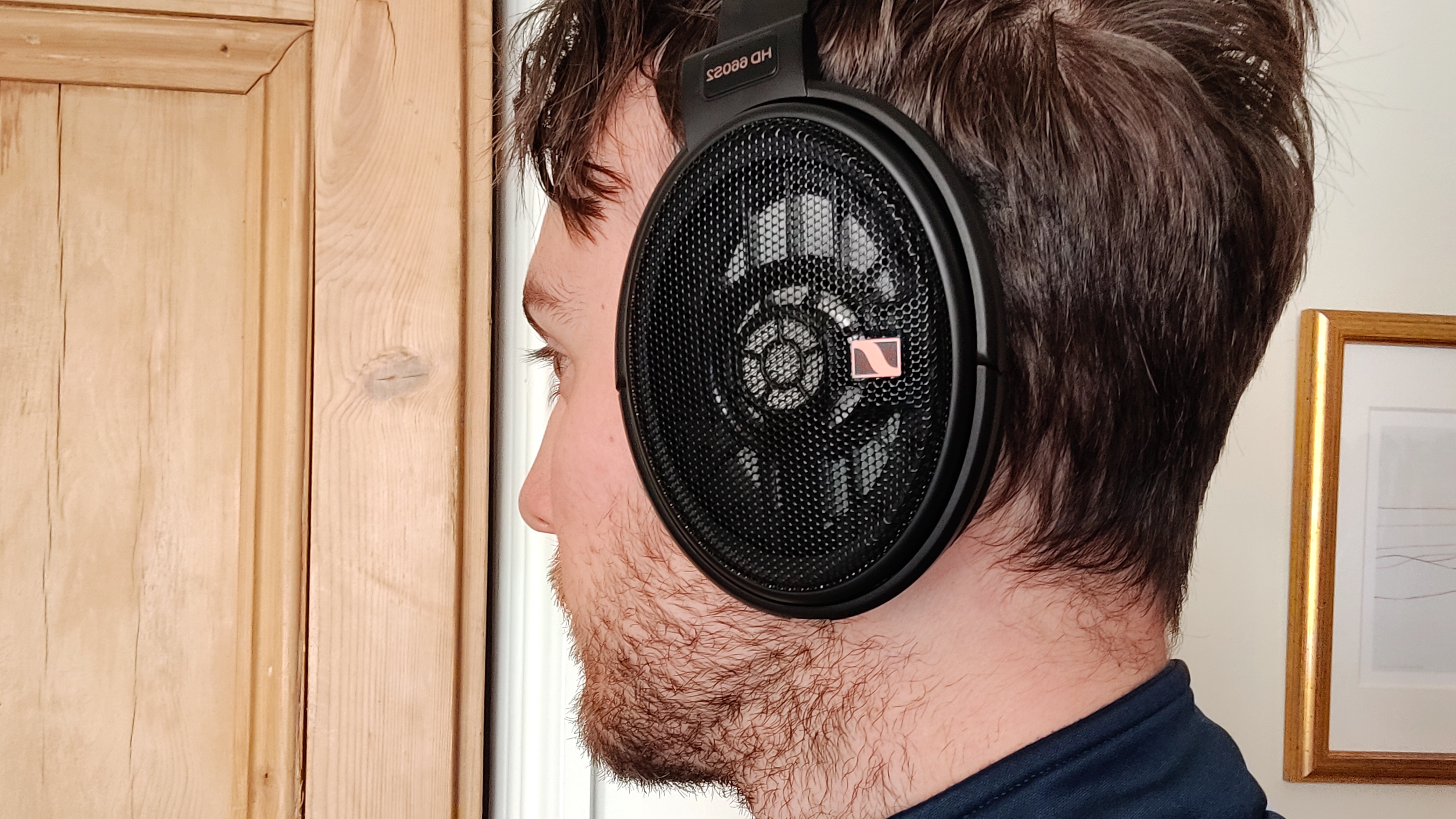
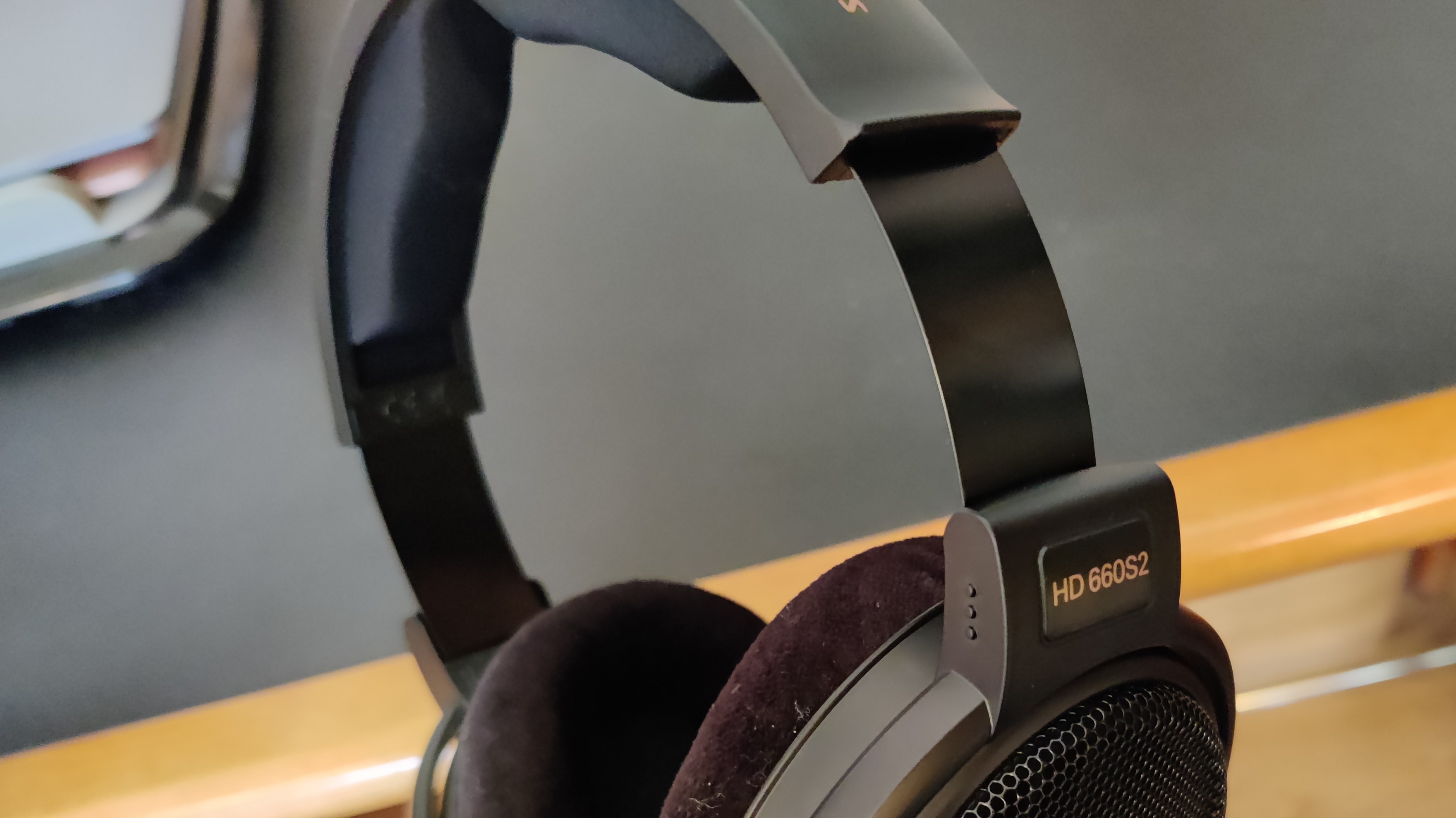

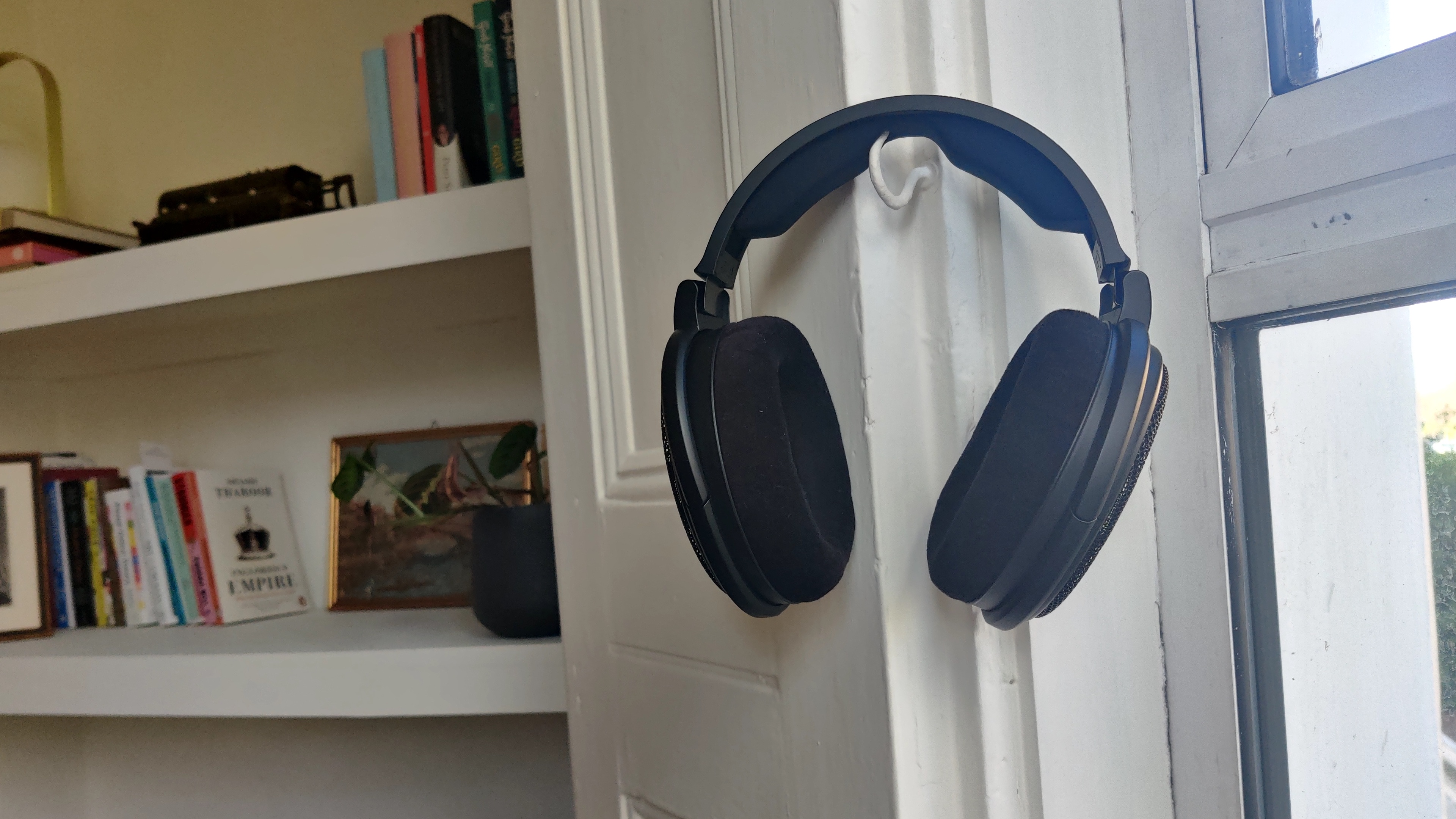
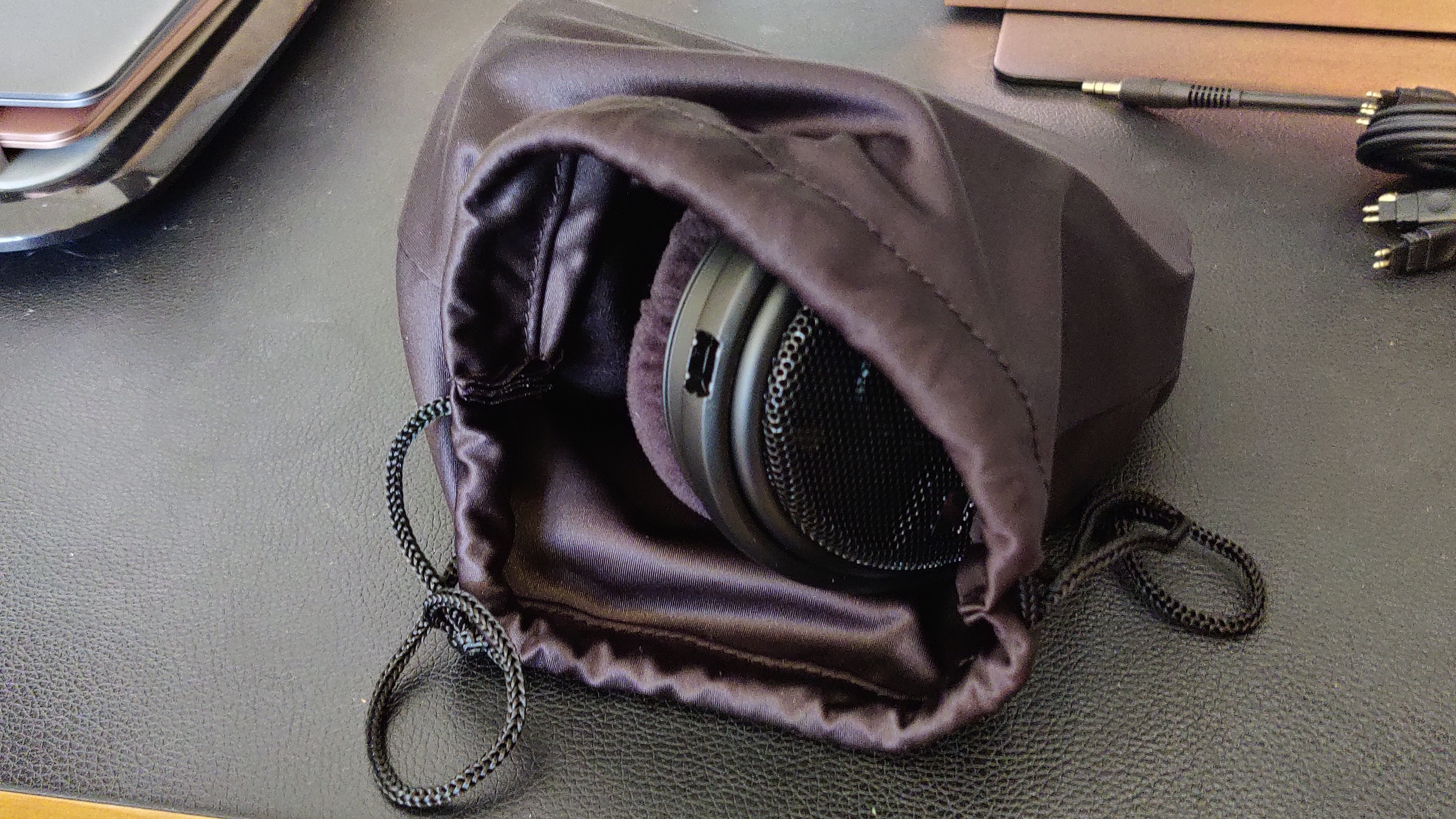
Specifications
Reasons to buy
Reasons to avoid
✅ You deal with audio professionally: Whether it’s podcasting, mixing, or sound design, these are a top pick.
✅ You're all about that bass: The low end is crisp and true, which is worlds apart from your average commercial headphones.
❌ You want them for commuting or the office: They’re open-backed, so sound leakage is a thing. You can wear them out and about, but they’re not ideal for noisy environments.
❌ You need the latest smart features: No Bluetooth, ANC, voice assistants, or any flashy extras – this is pure, stripped-back audio.
These talented wired headphones were made for the mixing booth, but they're also excellent for all-round music listening thanks to their neutral sound recreation, oodles of crisp bass response, plush cushioning and the rigid headband needed to prevent vibration while you listen to your favorite tracks.
As open-backed headphones, do they leak sound? Actually, there isn’t a huge amount of sound leakage with the HD-660S, so you should be able to sit near someone without sharing your deepest and most niche music tastes. You won’t be able to use them on the subway, though – there’s little-to-no sound isolation here and thus, they will only really suit those who listen to their albums al desko at work (or lounging in a comfy listening chair when the working day is done).
Unlike many of the best over-ear headphones we've tested, there's no Bluetooth or alternative wireless connectivity other than a detachable cable here but then, you came here for the best in wired listening, didn't you?
Ultimately, the HD-660S2 are best for static listening, sound mixing, or nursing a favorite album in high quality sound at home without the fear of missing a doorbell.
Read our full Sennehiser HD-660S2 review
Sennehiser HD-660S2 scorecard
Attributes | Score |
|---|---|
Fit / comfort | 4.5 / 5 |
Sound | 4.5 / 5 |
Cable length / quality | 4 / 5 |
The best budget wired headphones
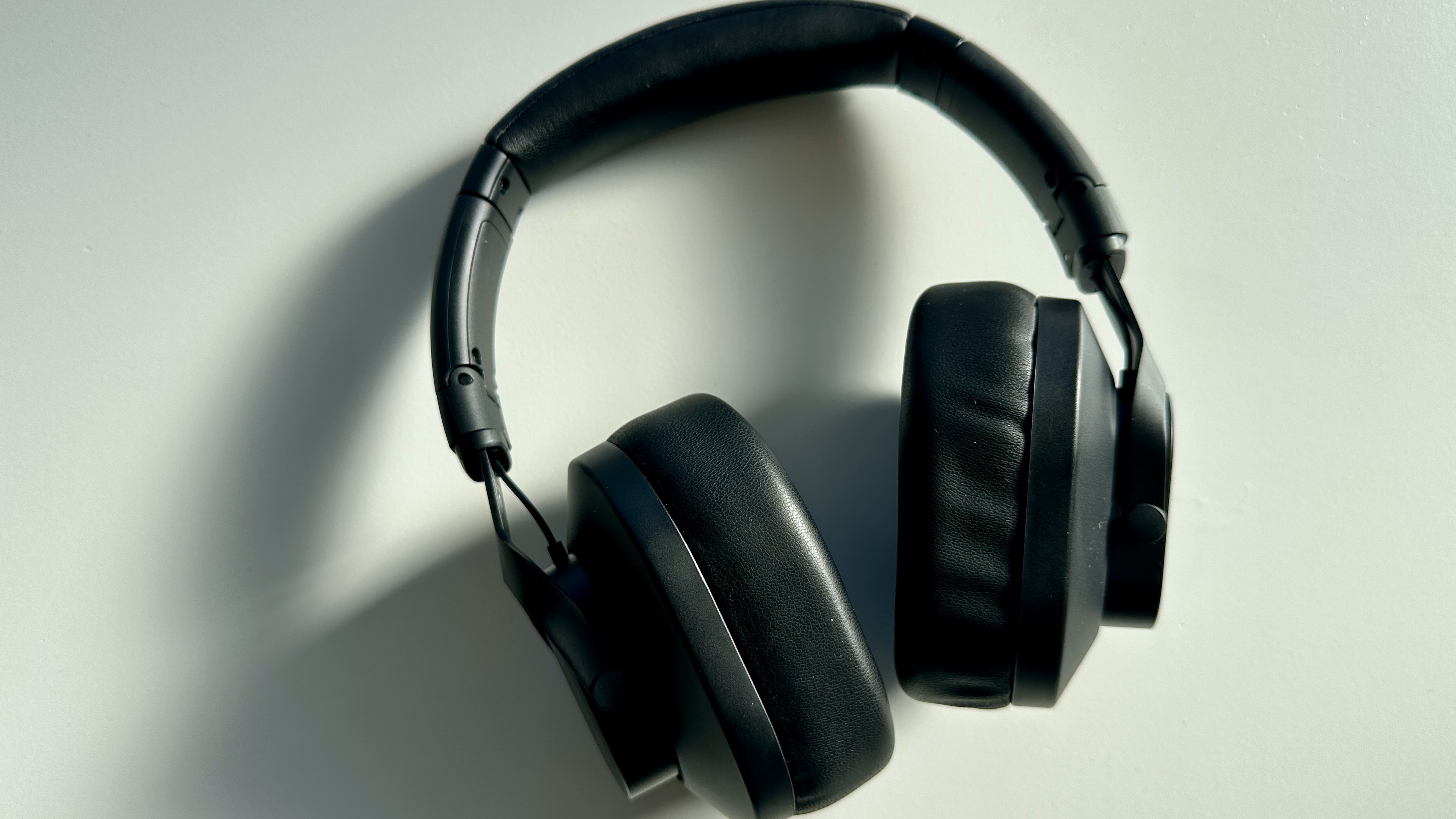
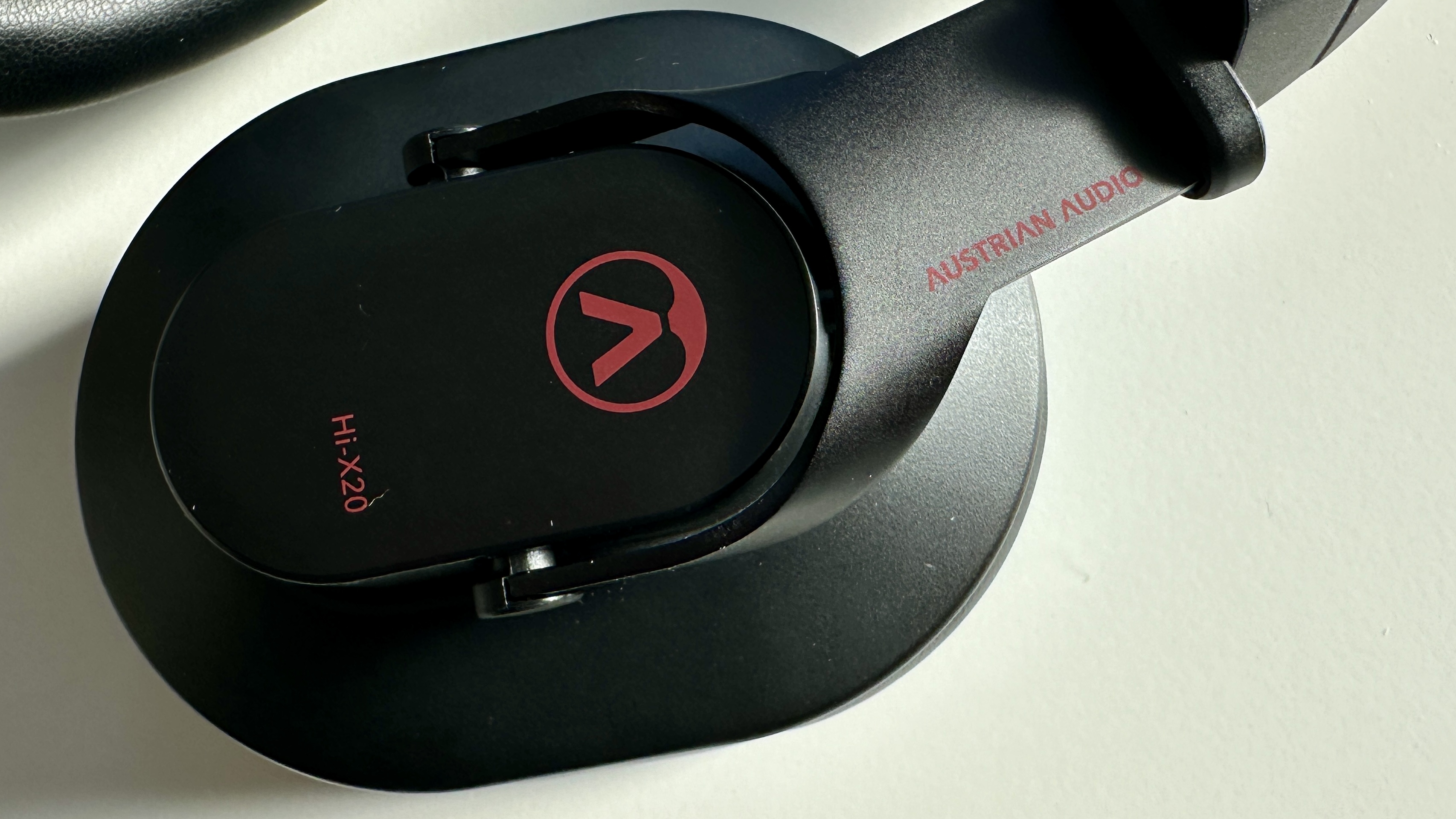
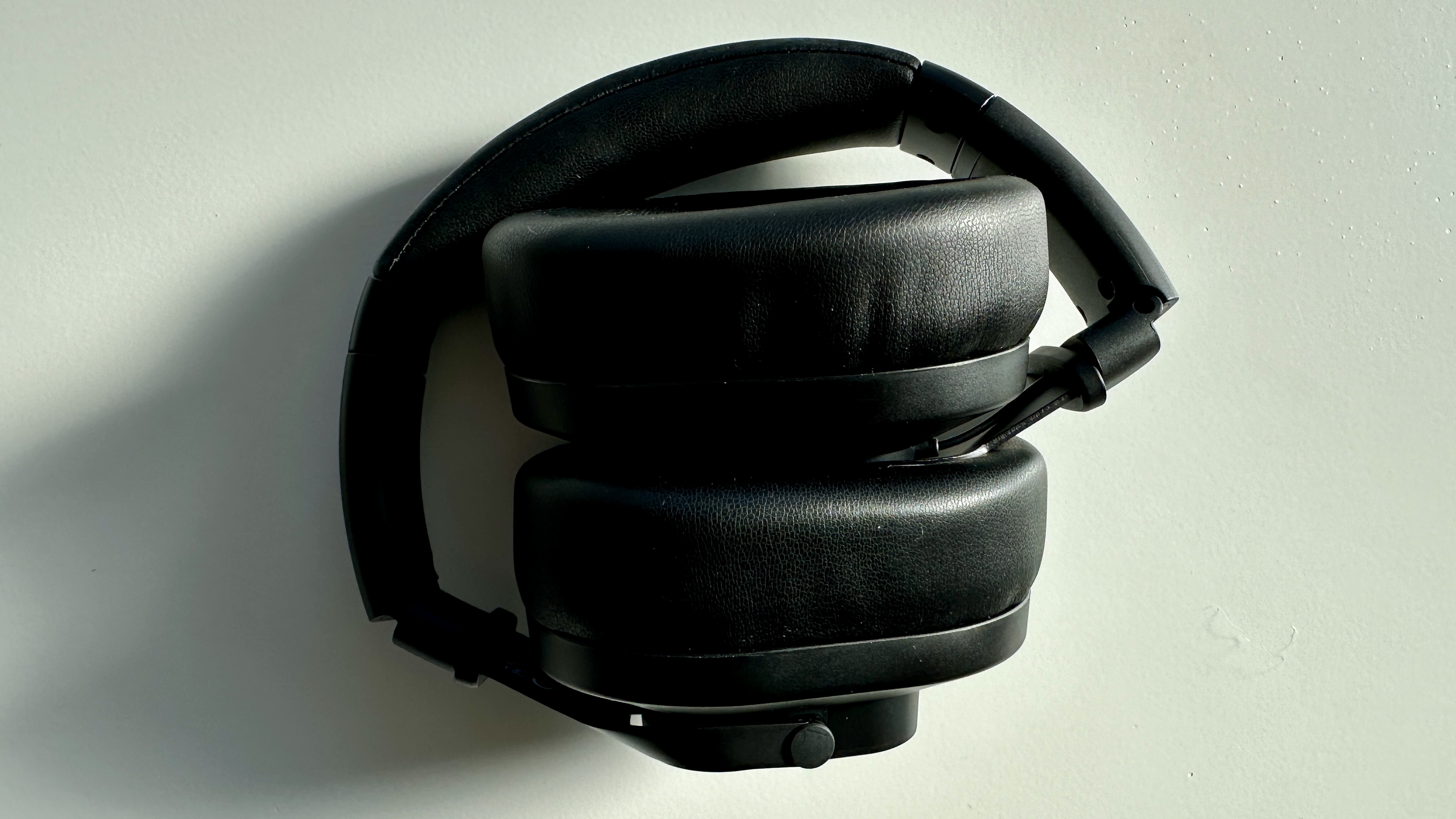
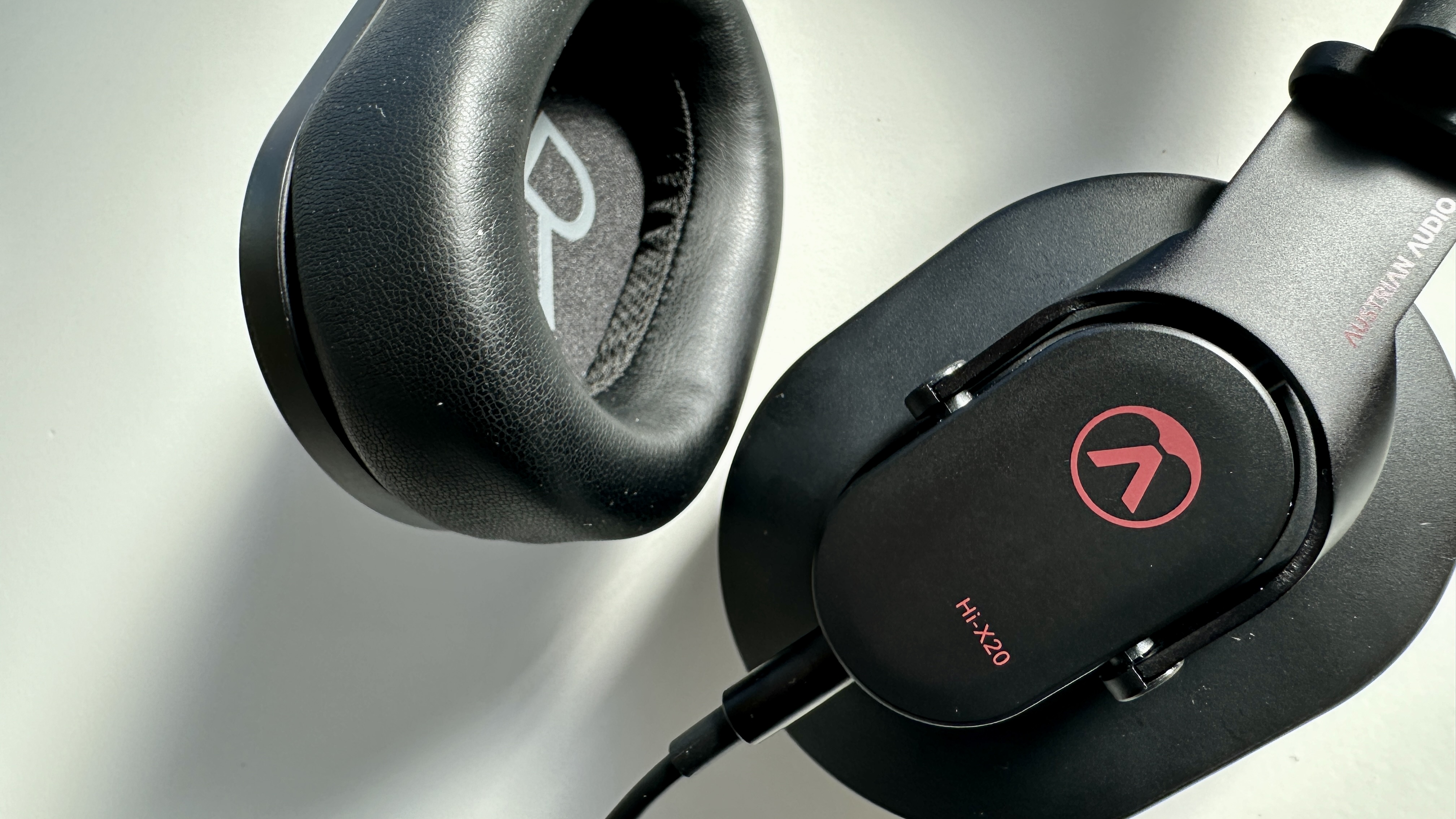
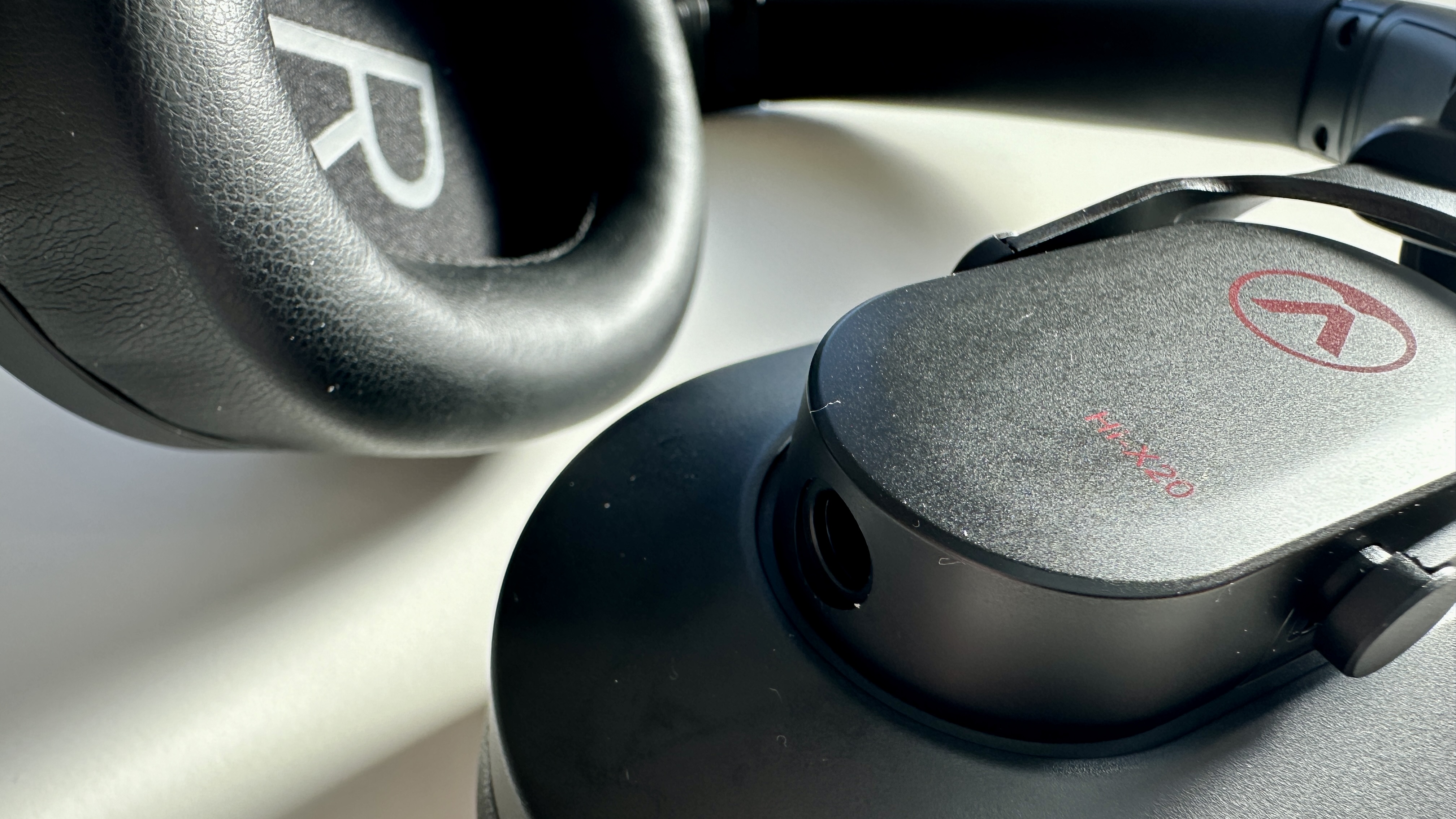
Specifications
Reasons to buy
Reasons to avoid
✅ You like long listening sessions: Super comfortable, with earpads that stay cool – no overheating like some rivals.
✅ You want a direct and revealing listen: They deliver impressive clarity with an engaging, entertaining sound. It’s a brilliant combo.
❌ You're after a bass heavy sound: The lows are precise, no doubt, but if you want booming bass, these aren’t the heaviest hitters in the lineup.
❌ You’re not a fan of long cables: There’s 3 meters of cable to deal with. Great if you’re at a desk, less fun anywhere else.
The Austrian Audio Hi-X20 closed-back over-ears are our top budget pick. Austrian Audio has built a strong reputation for producing high-quality, affordable headphones, and the Hi-X20s continue that tradition. They tick all the right boxes, offering impressive sound quality paired with an understated yet comfortable design.
These headphones don’t boast a long list of features, which is typical for passive, wired over-ear models. What sets them apart is their high-excursion 44mm dynamic drivers, delivering a confident and engaging sound. They come with a 3m cable that connects via a secure click-and-twist mechanism to a 2.5mm socket on the left ear cup, with a 3.5mm termination that includes a 6.3mm adapter. While we imagine the 3m cable could be practical in some scenarios, it feels a bit too long for casual home use – a shorter cable option in the box would have been a welcome addition.
In our review, we noted that the Hi-X20 headphones deliver “sound quality that makes the asking price seem a bit like a misprint.” They offer an accomplished listening experience, excelling in rhythm, tempo, and soundstage clarity. The only drawback is a slightly underwhelming low-end, but the overall performance is still solid and satisfying.
Aesthetically, the Hi-X20s are understated but are a step up in design and build quality from previous Austrian Audio models. Comfort is a standout feature, thanks to memory foam ear pads and a solid (but not too tight) clamping force. During our testing, we liked that you can adjust the headband and fold them down to fit into the small and soft bag they come with.
If you’re after a simple, comfortable design with great sound quality and don’t mind a longer cable, the Austrian Audio Hi-X20 headphones offer outstanding value for money.
Read our full Austrian Audio Hi-X20 review
Austrian Audio Hi-X20 scorecard
Attributes | Score |
|---|---|
Fit / comfort | 4.5 / 5 |
Sound | 4 / 5 |
Cable length / quality | 4 / 5 |
The best audiophile wired headphones
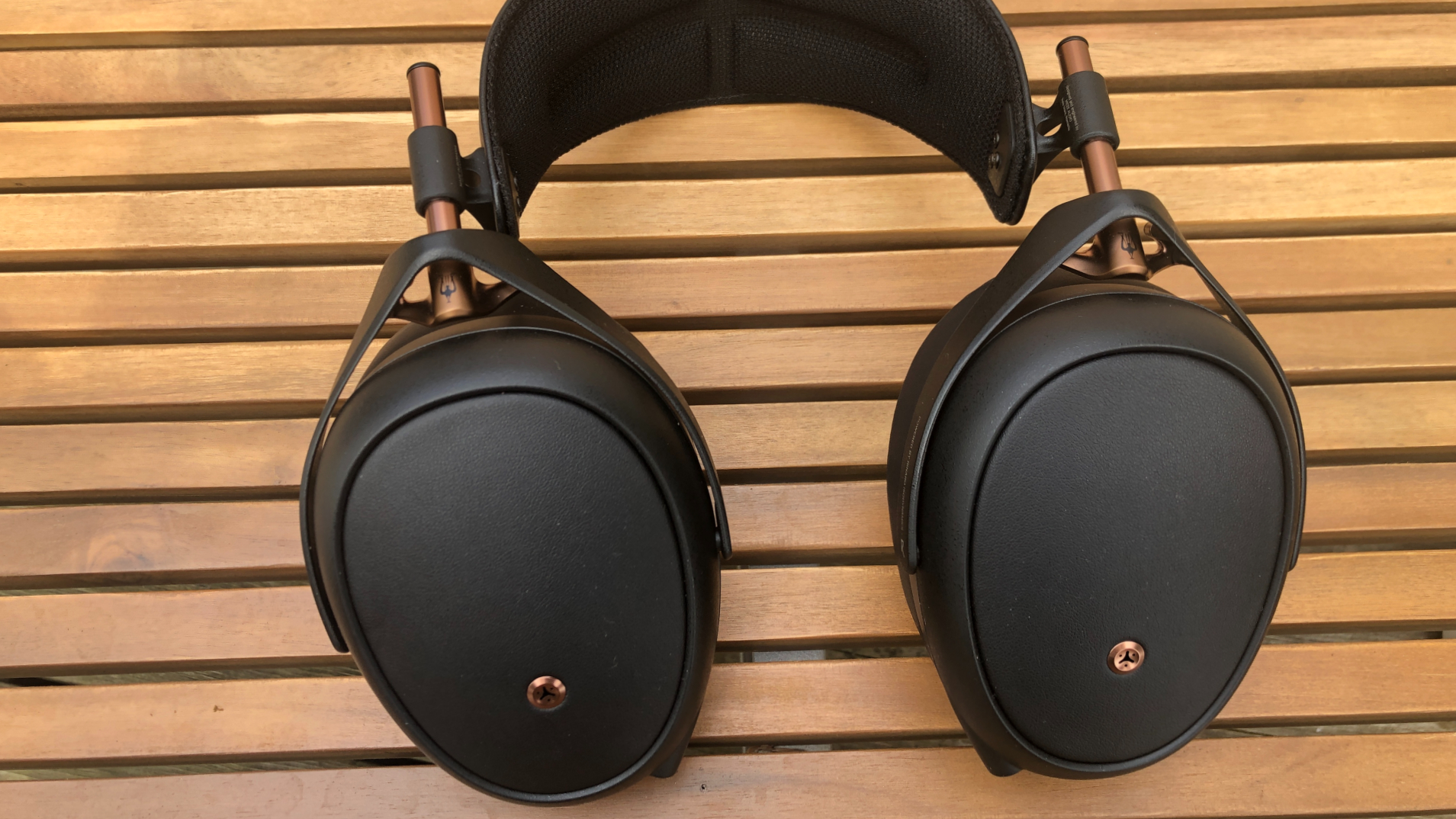
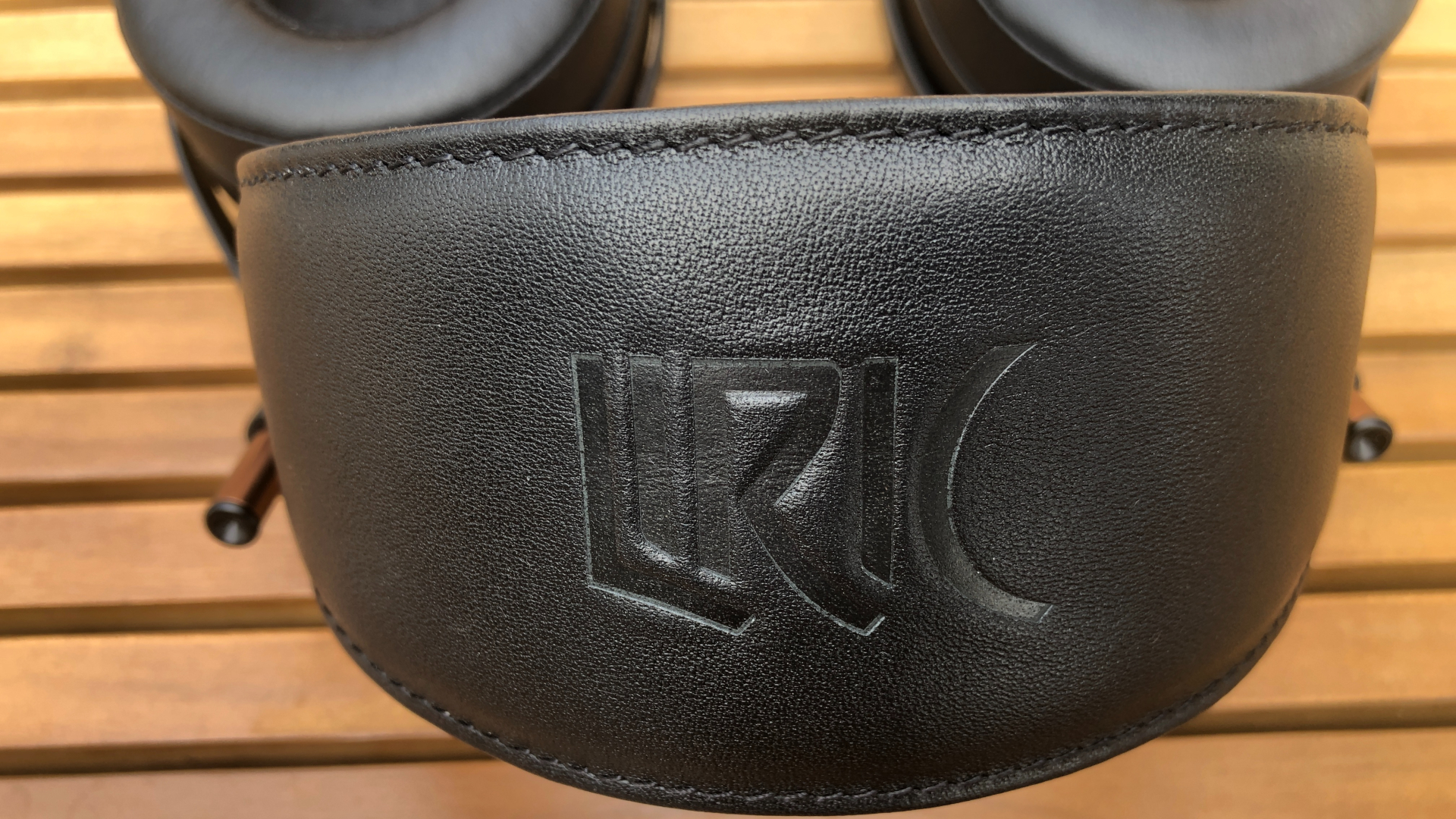
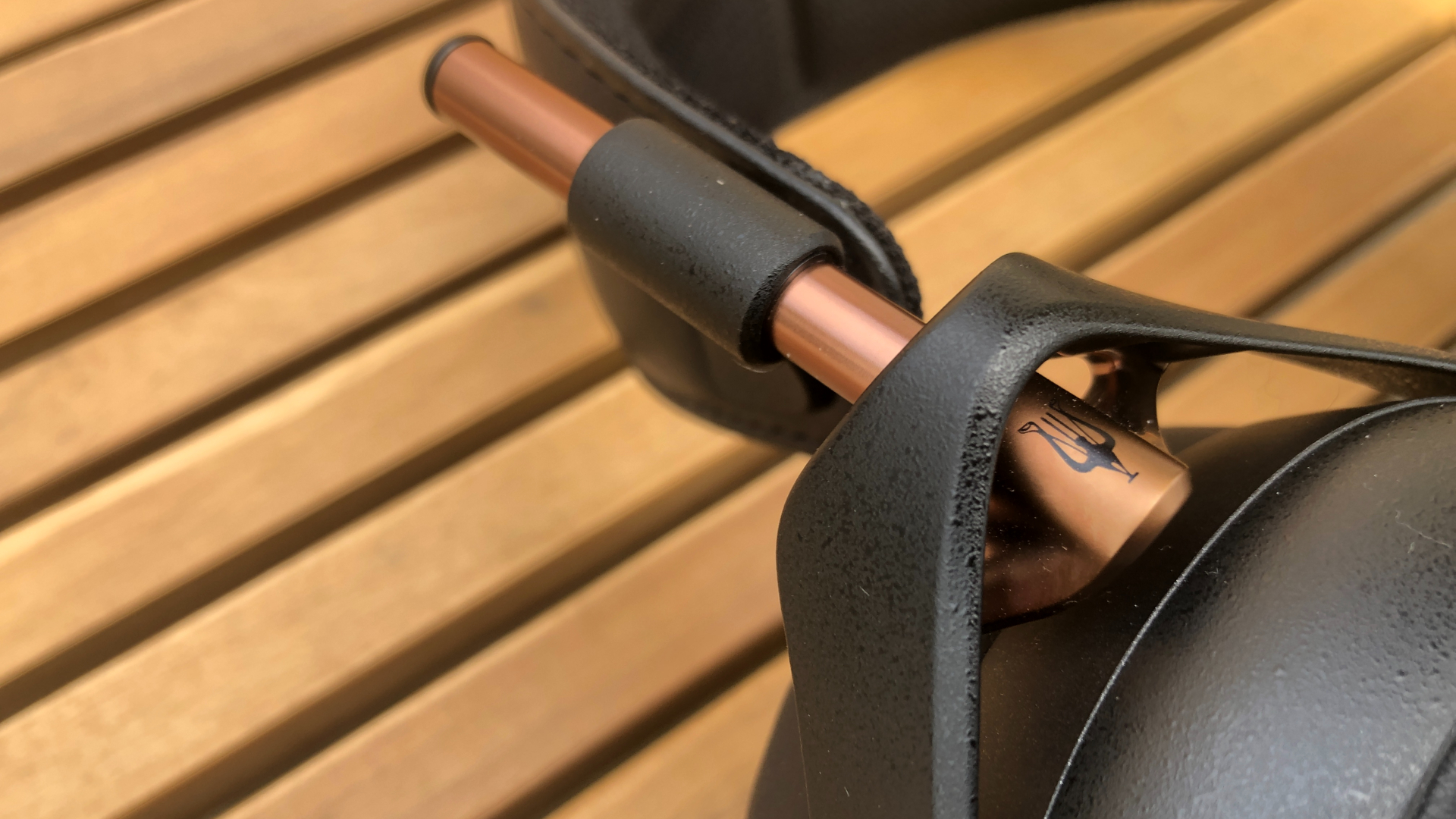

Specifications
Reasons to buy
Reasons to avoid
✅ You love incredible detail: The Liric are as revealing and precise as anything you’ll find at this price point.
✅ You’ve got a quality music source: As with all top-tier headphones, the better your source, the better your experience. Simple.
❌ You’re on a budget: You’ll need to invest in both the headphones and a quality music source. Not the cheapest setup.
❌ You love portable tech: They’re not massive, but they’re not exactly travel-friendly – especially with that chunky case.
Now then. At nearly two grand’s-worth of wired headphone prowess, if you’re attaching these cans to a mediocre music source you simply won't be getting your money's worth – and that will be on you. This is audiophile territory. Spotify free-tier subscribers, owners of virtually all smartphones that still have a physical headphone connection and folks who want to hook them straight into the side of their laptop should all a) look elsewhere, and b) spend much less money on headphones. The Liric are unapologetically intolerant of all of this.
Extended functionality? Nope. Mainstream pricing? Again no. Adaptable or undemanding? Hardly. You don’t get pampered by the Meze Audio Liric wired over-ear headphones. Buy a pair and it's you who’ll be doing most of the pampering.
That said, a considerable amount of money put Meze Audio’s way buys big, hard-wired headphones fitted with esoteric planar magnetic drivers – and though their closed-back configuration and (laughably big) carry-case makes them a bit better for your commute than most Meze Audio over-ear headphones, they’re neither discreet nor especially portable.
What they are is beautifully made, from high-quality materials. And if there's anything you take away from this bit of text, it should be that they sound superb. If it’s detail you want, a proper reading of a recording as a performance, insight into tone and timbre and shape of individual notes, the Liric are a convincing and utterly musical listen, and ranking among the best over-ear headphones for sheer fidelity.
Read our full Meze Audio Liric review
Meze Audio Liric scorecard
Attributes | Score |
|---|---|
Fit / comfort | 4.5 / 5 |
Sound | 5 / 5 |
Cable length / quality | 4 / 5 |
The best wired and wireless combo headphones
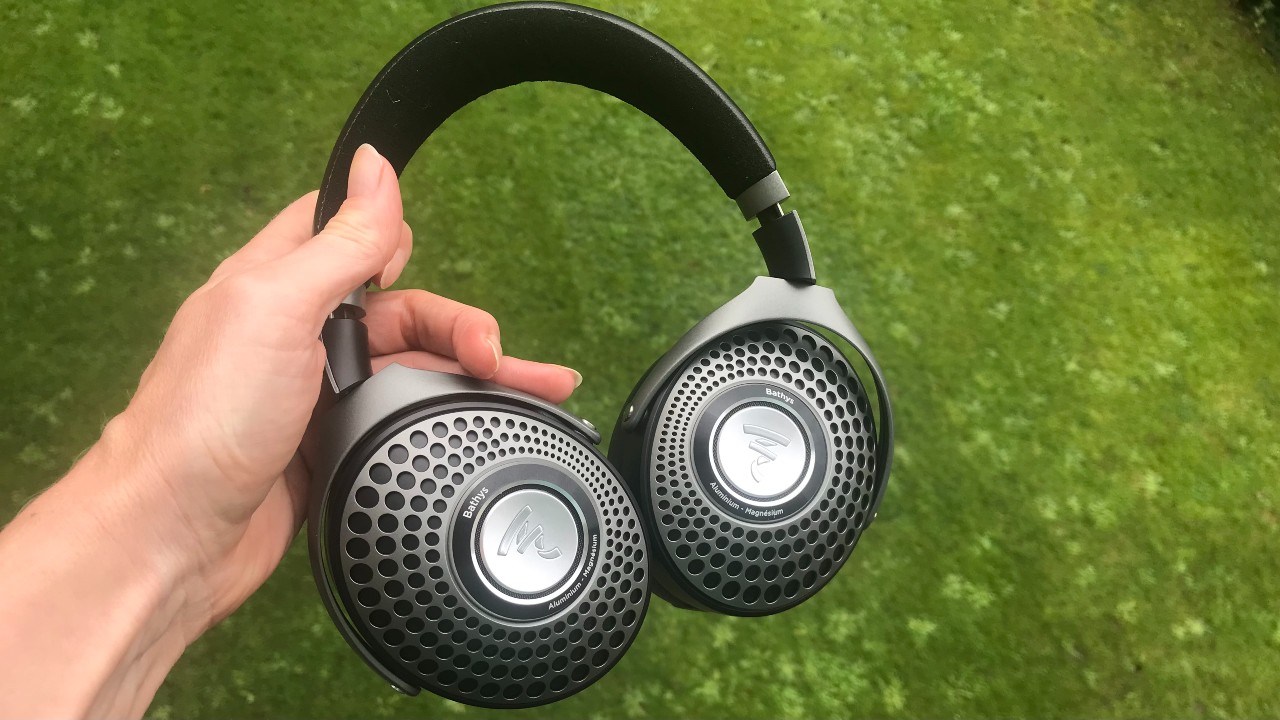
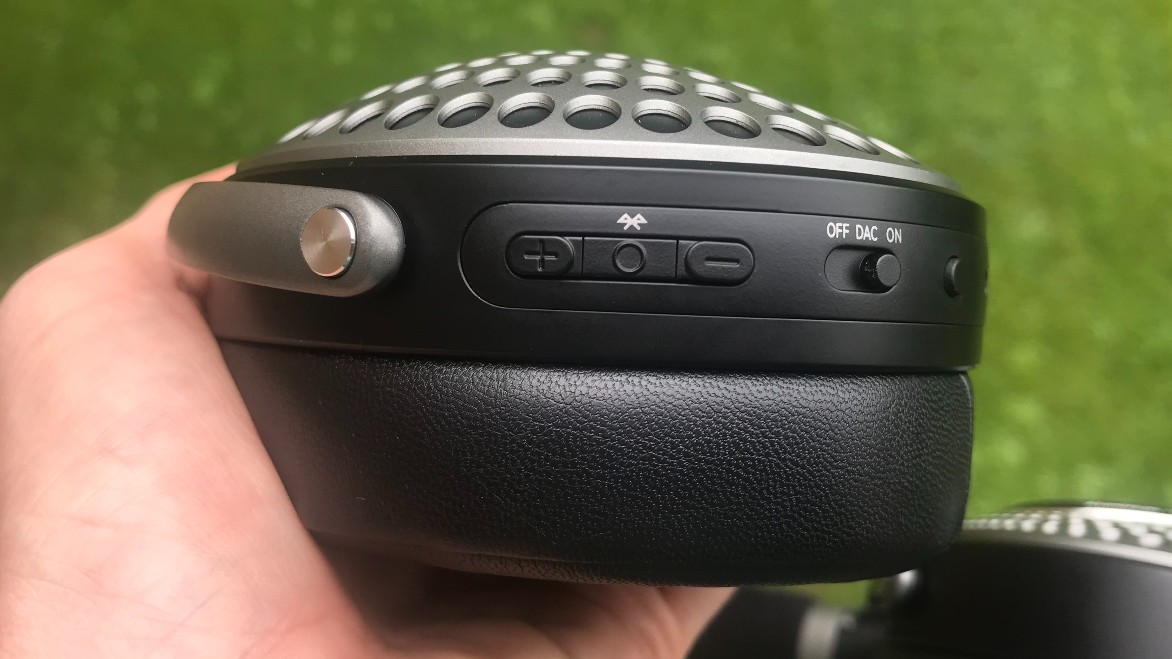
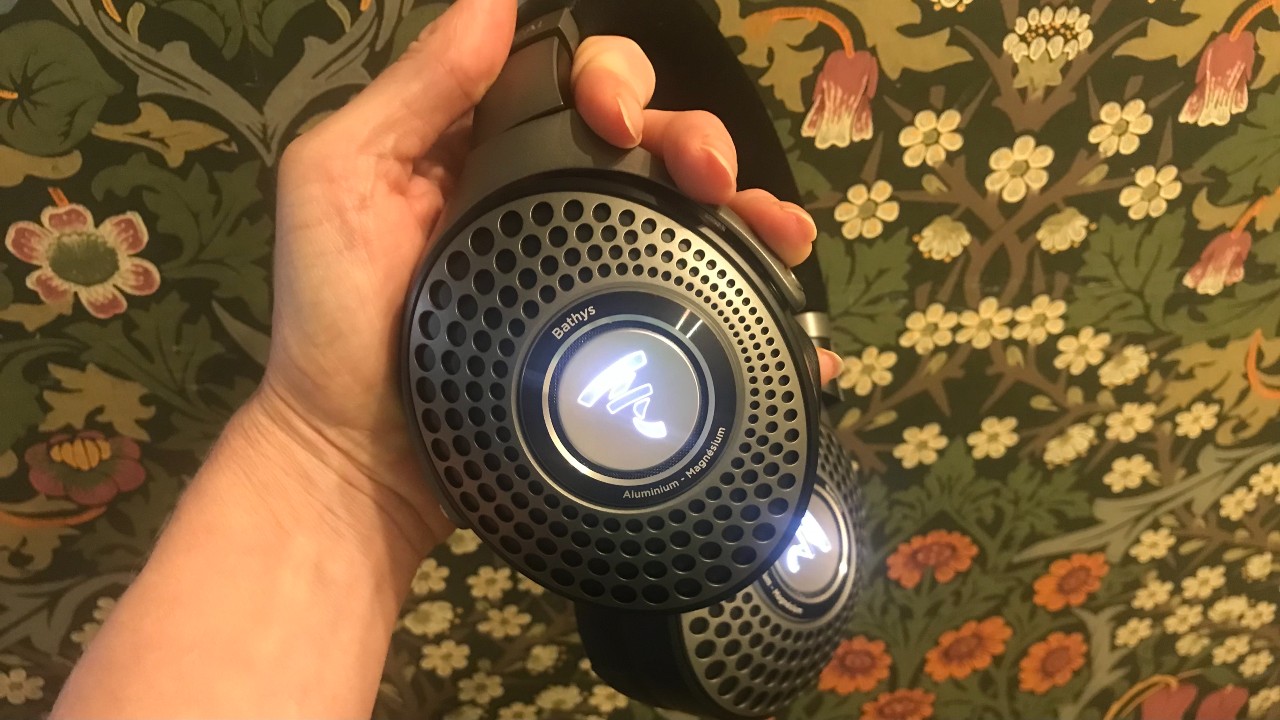
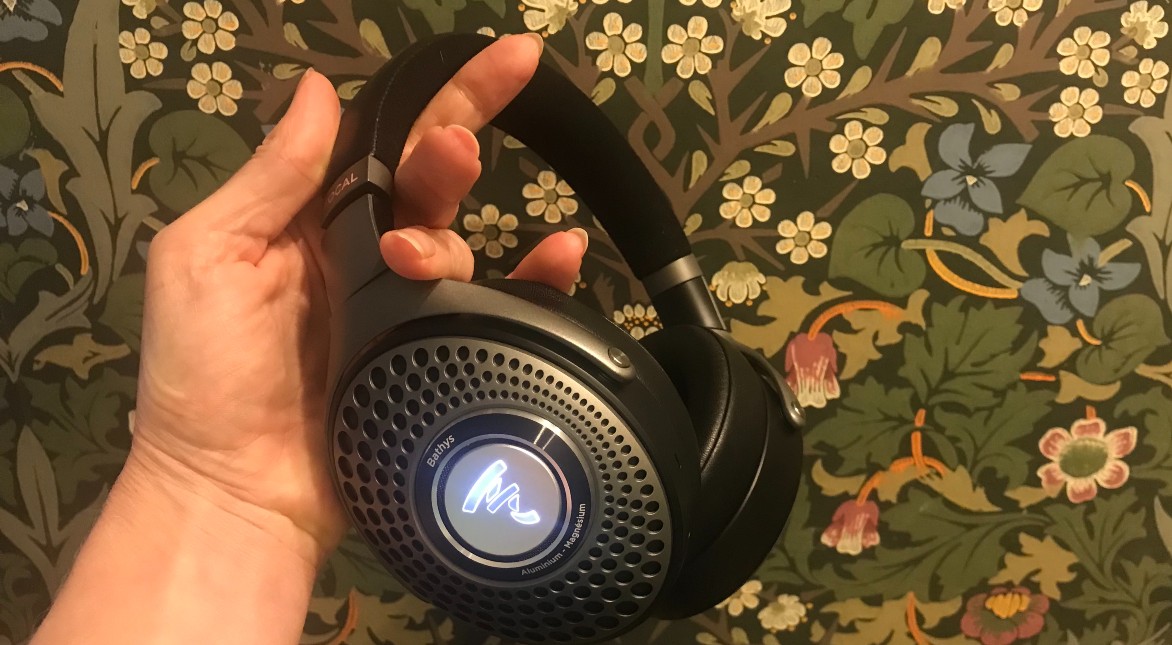
Specifications
Reasons to buy
Reasons to avoid
✅ You like wired and wireless: These powered, wired USB-C over-ears also give you the option of Bluetooth. Best of both worlds.
✅ You want detailed sound: As always with high-end headphones, a better source = a better experience. Simple.
❌ You want next-level ANC: Noise cancelling is good, but you can’t adjust it, and it’s not the most immersive out there.
❌ You love ultra-portable tech: They fold and lie flat, but they’re still a bit bulkier to carry around than we’d like.
While Focal is marketing these talented cans as its first-ever shot at wireless over-ears, we'd like to posit them as a very talented wired option, because if you use the USB-C cable in DAC mode, you've got hi-res audio up to 21bit/192kHz. Oh, and in case it needs to be stated after looking at the picture above, they're utterly stunning to look at.
The company makes some of the best over-ear headphones we've ever had the pleasure of placing over our ears but (there's no easy way to say this) the Bathys are expensive. We understand the reasons behind the asking fee – those patented aluminum/magnesium "M”-dome speaker drivers made in France don't come cheap; neither does the backlit flame emblem in the center of each beautiful earcup – but they're more expensive than the AirPods Max and the new Bowers & Wilkins PX8, which is significant and comes with it no small amount of pressure to perform.
But put them on and you feel beautiful, buoyed up by their detail, insight and clarity. That said, the on-ear wireless controls feel a little less than high-end, the app is acceptable rather than excellent, and the noise-cancellation (you get 'silent', 'soft' and 'transparent' options) isn't at the level of the very best noise-cancelling headphones.
Read our full Focal Bathys review
Focal Bathys scorecard
Attributes | Score |
|---|---|
Fit / comfort | 4 / 5 |
Sound | 4 / 5 |
Cable length / quality | 4 / 5 |
The best cheap on-ear wired headphones



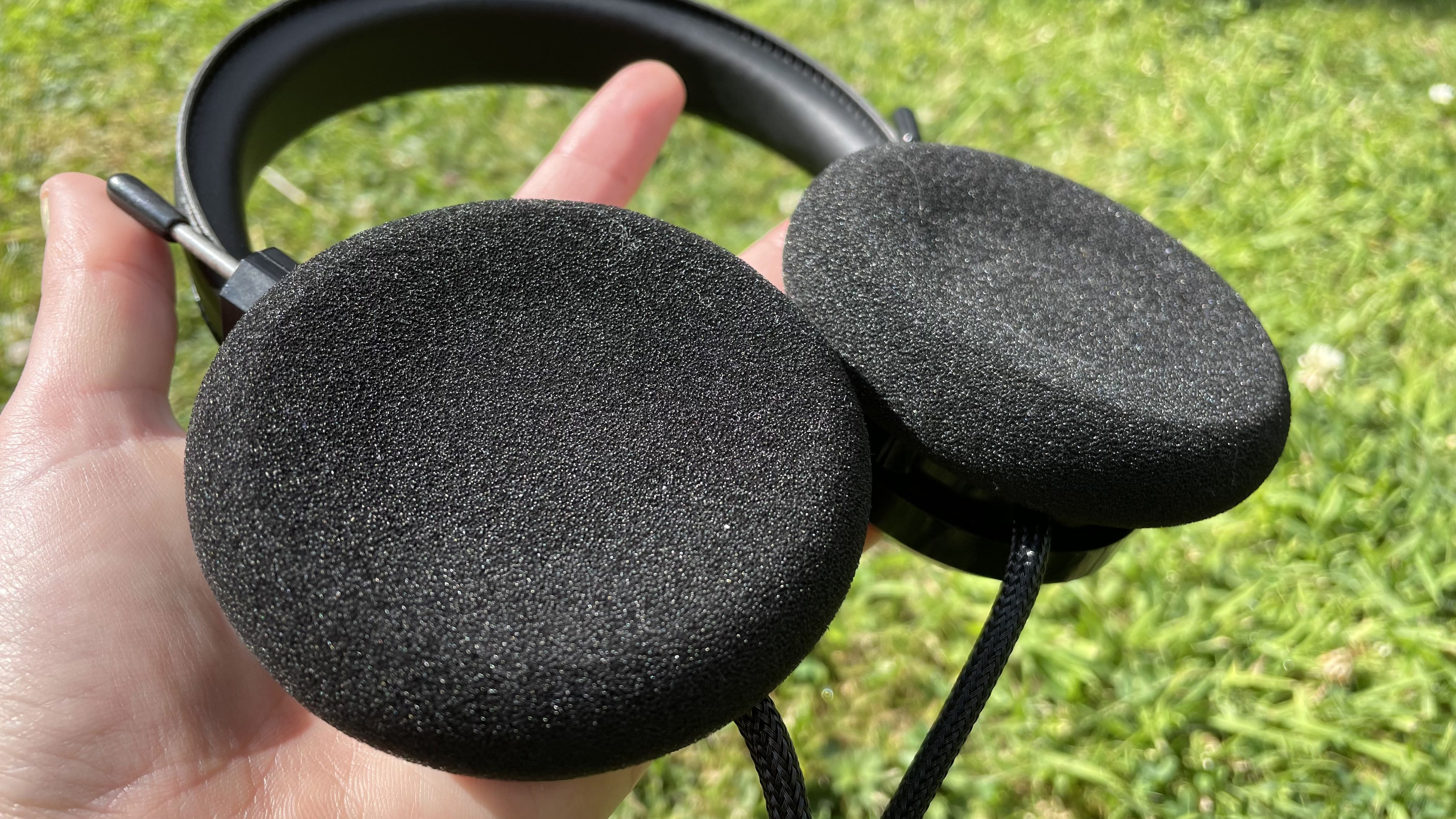
Specifications
Reasons to buy
Reasons to avoid
✅ You want clear, detailed sound: These Grados deliver an enjoyable listen with clarity and precision front and center.
✅ You’re after no-frills headphones: No fancy extras here – just pure, great sound that plugs straight into your device. Minimalists, rejoice.
❌ You need a quiet environment: Sound leakage is inevitable, so if you’re after total silence, these won’t cut it.
❌ You’re not a fan of wires: These are fully wired. If you’re craving Bluetooth or true wireless freedom, look elsewhere.
You’d usually have to pay much more for a pair of audiophile-grade headphones such as these. Design-wise, everything about them – how they look as well as how they feel – makes the SR80x headphones seem more expensive than they are. They have a relatively simple headband with a silent adjustable slider and super soft padding inside. The cups are constructed from plastic, and the set is pleasingly light at just 245g.
They have an aesthetic that we described as brutalist and almost steampunk in our first impressions, and we stand by that description now. A honeycomb-like metal mesh on the earcups emphasizes the open-back design of the Grado SR80x headphones and sound does leak directly from these holes. The trade off for that minor inconvenience is excellent audio quality. And we do mean excellent.
Of course, if you don’t like the idea of sound leakage or getting used to a pair of wired headphones again, these aren’t for you. But if you’re looking for affordable headphones that sound sensational and feel very good, consider the Grado SR80x headphones. If you can handle those minor inconveniences, you will not regret it.
Read our full Grado SR80x review
Grado SR80x scorecard
Attributes | Score |
|---|---|
Fit / comfort | 4 / 5 |
Sound | 4 / 5 |
Cable length / quality | 4.5 / 5 |
The best wired headphones for analytical sound
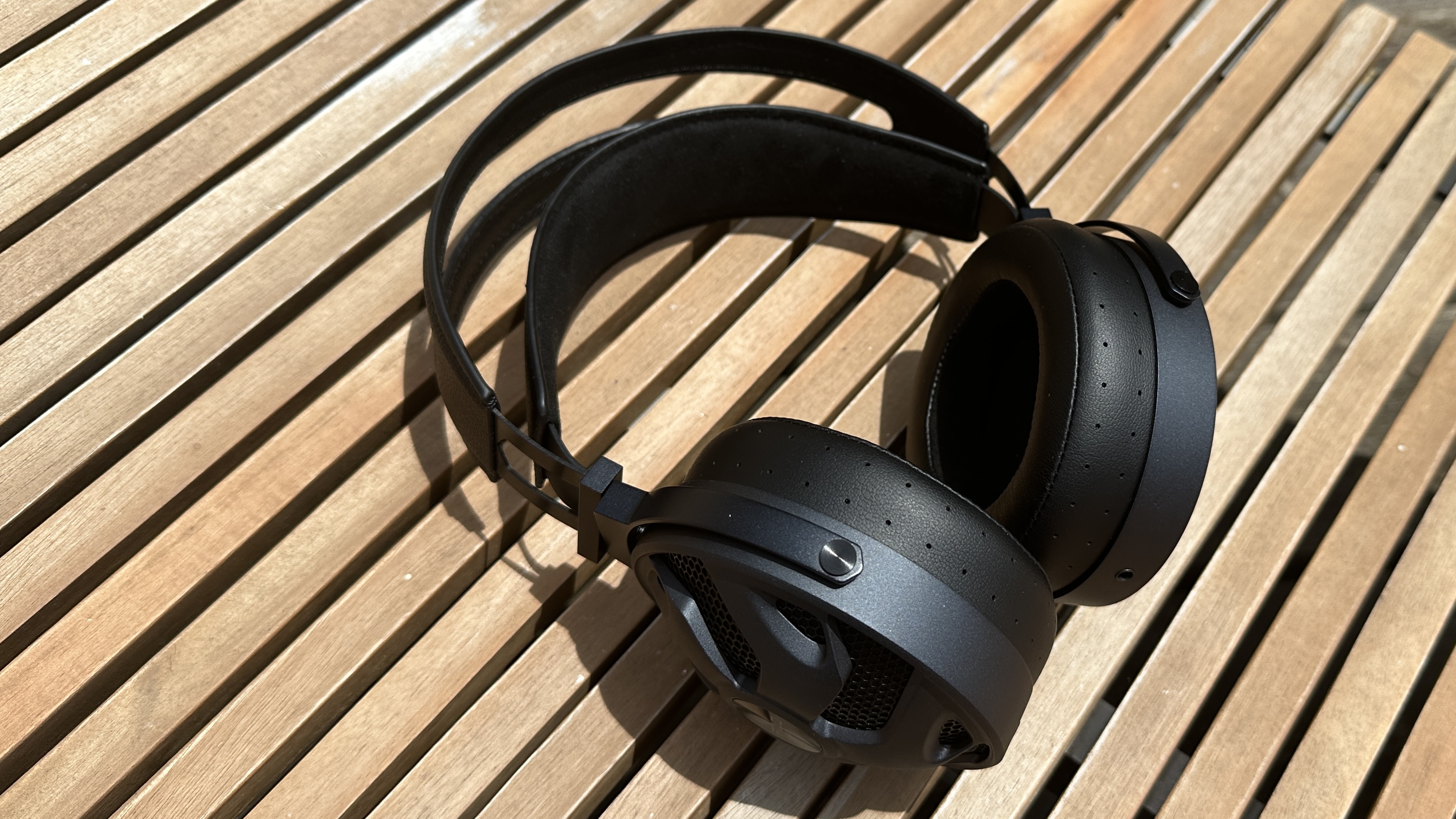
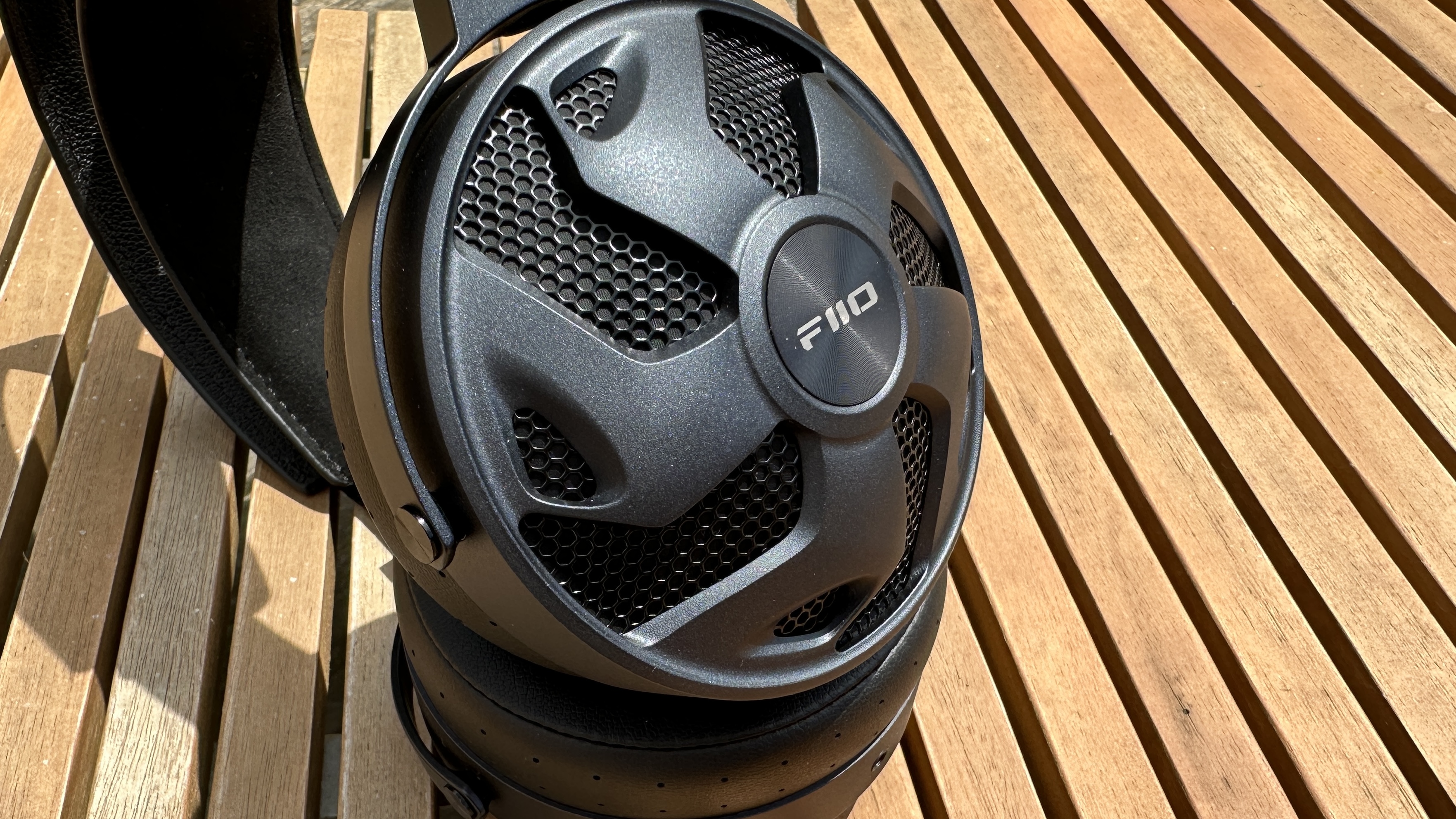
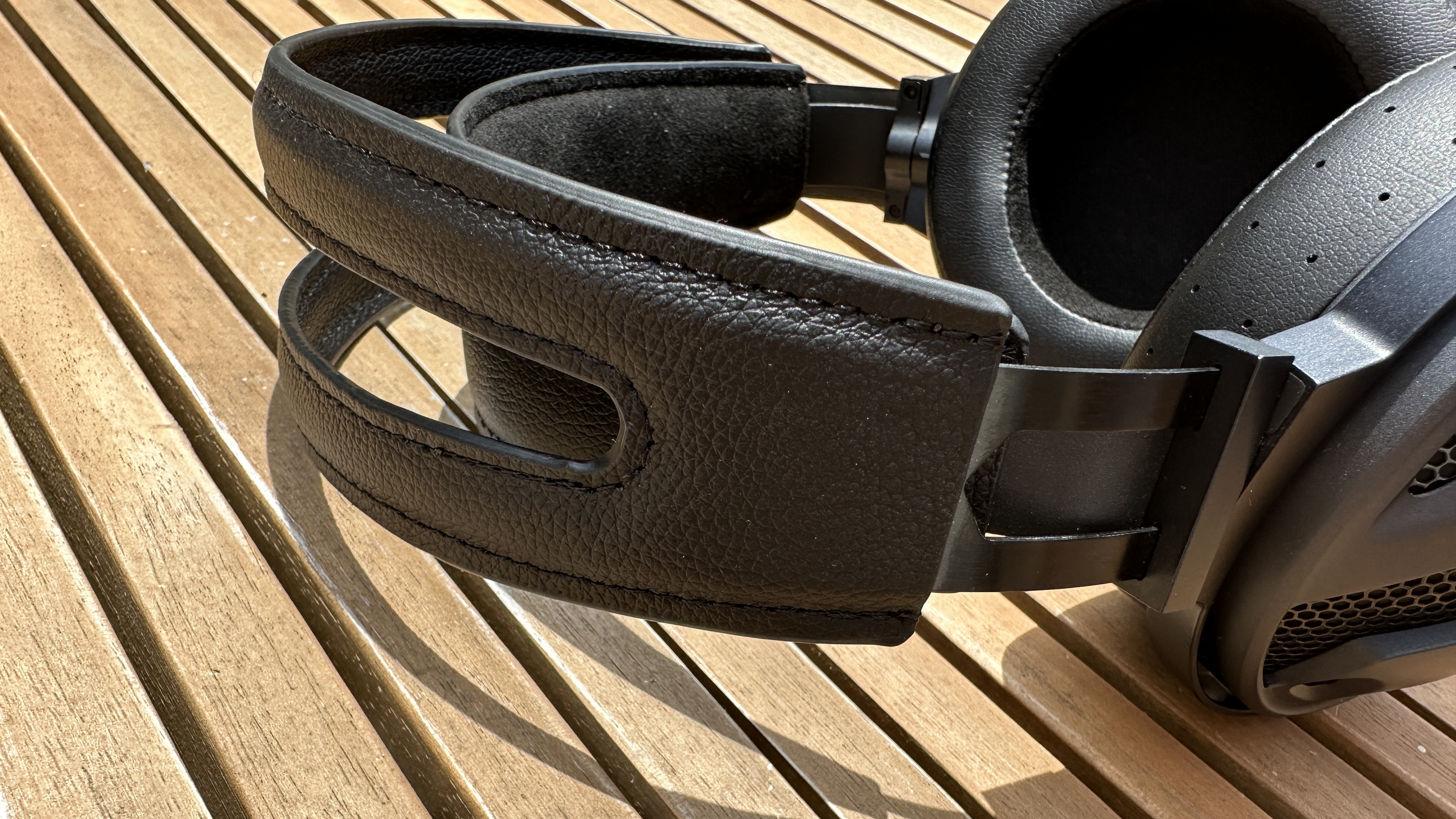
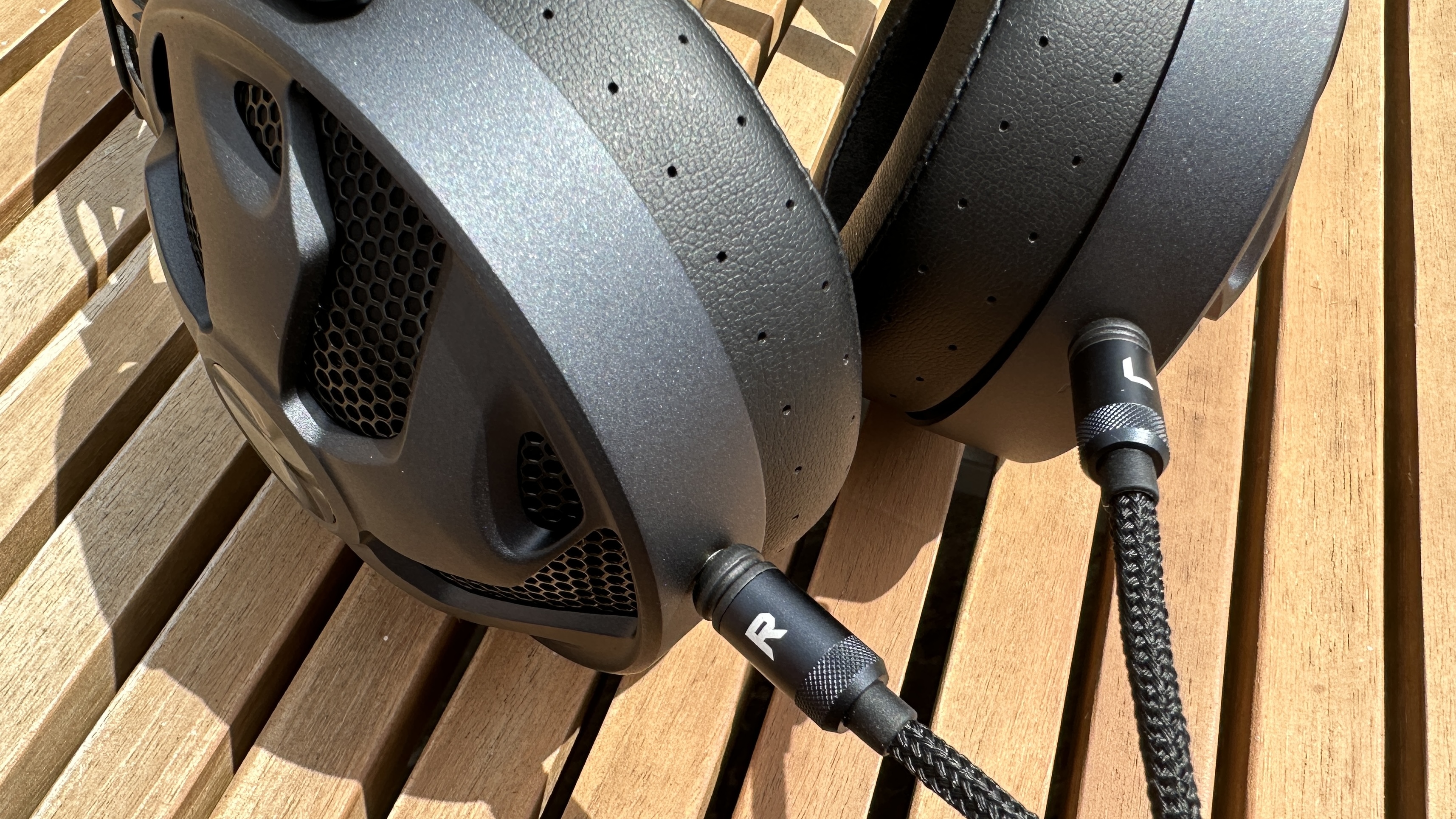
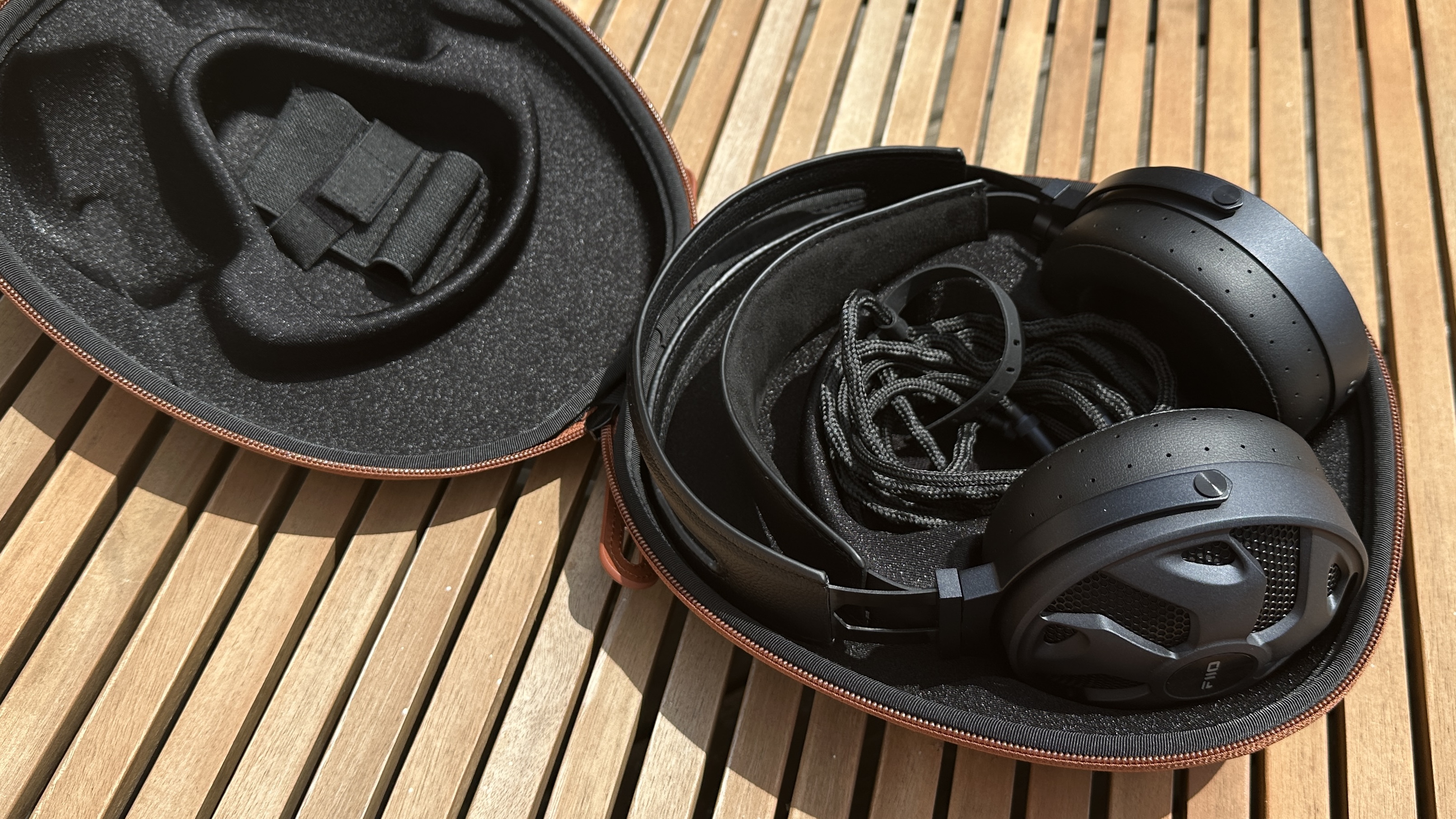
Specifications
Reasons to buy
Reasons to avoid
✅ You’re a headphones geek: Planar magnetic tech is an audiophile favorite – and it usually costs a lot more than this.
✅ You’ve got multiple music sources: The FT5 comes with four different connection options, so hooking up to your favorite players is a breeze.
❌ You listen around others a lot: Like all open-backed headphones, the FT5 leak a fair bit of sound – probably not ideal for company.
❌ Your head is on the smaller side: There’s limited headband adjustment, and nothing’s worse than headphones that won’t stay put.
Fiio has always been about value for money and it might just have outdone itself with the FT3, wired over-ears that are an astonishingly good deal, marrying impressive sound performance with a build and finish that screams high-end.
Never doubt that Fiio thinks ahead, either. Over 10 years ago, the company ordered a large amount of an especially good audio cable – it's now been discontinued, but these headphones make (good) use of it. Why Fiio has chosen to make that cable 3m / 10 feet long, though, given that the company’s supply is finite, is more confusing – that's a lot of cable to get tangled. But aside from that, and the fact that you'll need a worthwhile (read: reasonably expensive) digital audio player or DAC/headphone amp to hear them at their best, the FT3 soundstage is big and generous, with the spaces on it given just as much prominence and emphasis as the occurrences – and the silences are black and, well, silent.
The tonal balance from the top of the frequency range to the bottom is convincing, too, and even though the Fiio headphones push the midrange forward just a touch, they still sound natural and believable.
Read our full Fiio FT3 review
Fiio FT3 scorecard
Attributes | Score |
|---|---|
Fit / comfort | 4.5 / 5 |
Sound | 4.5 / 5 |
Cable length / quality | 4 / 5 |
The best planar magnetic wired headphones
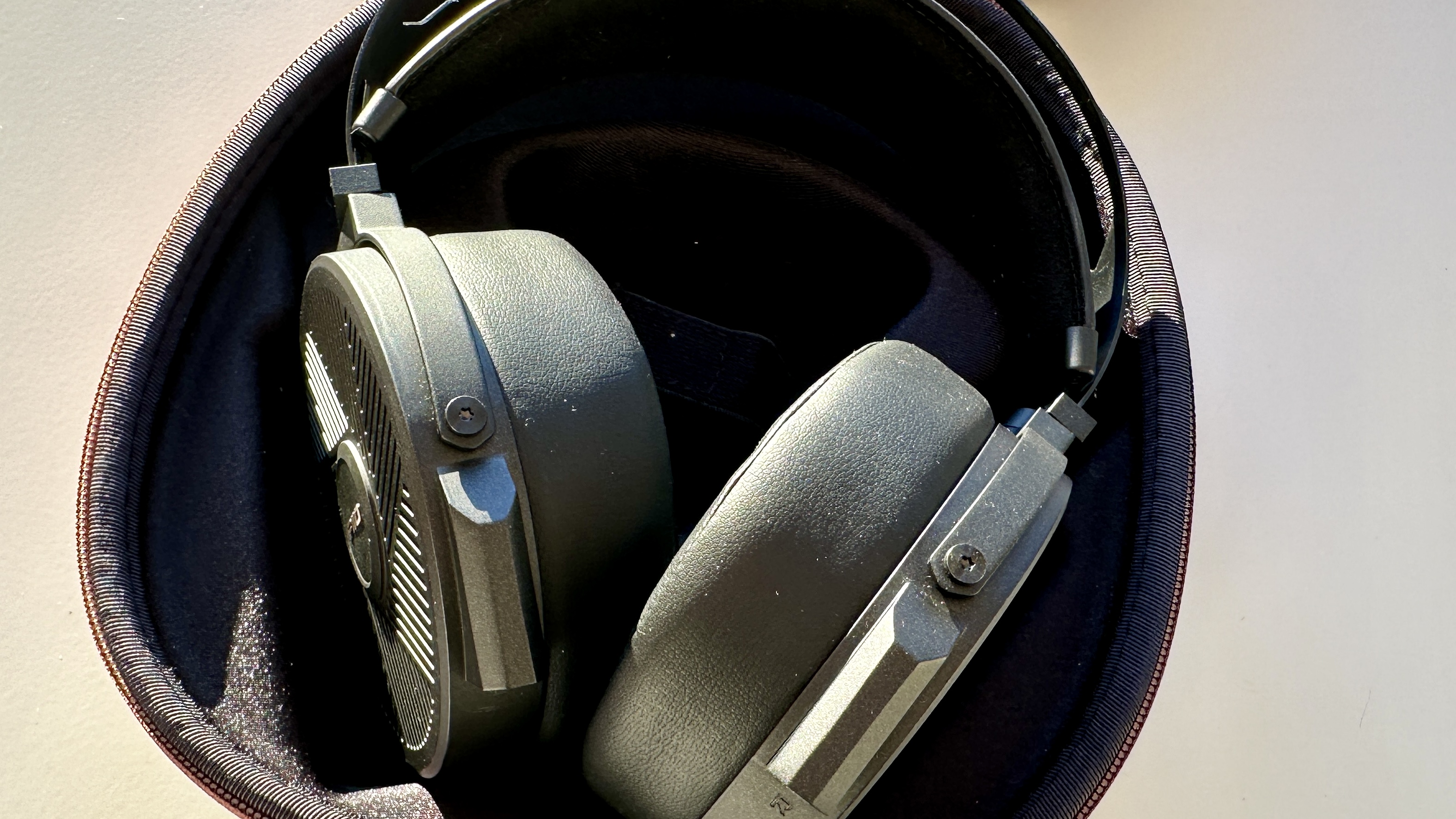
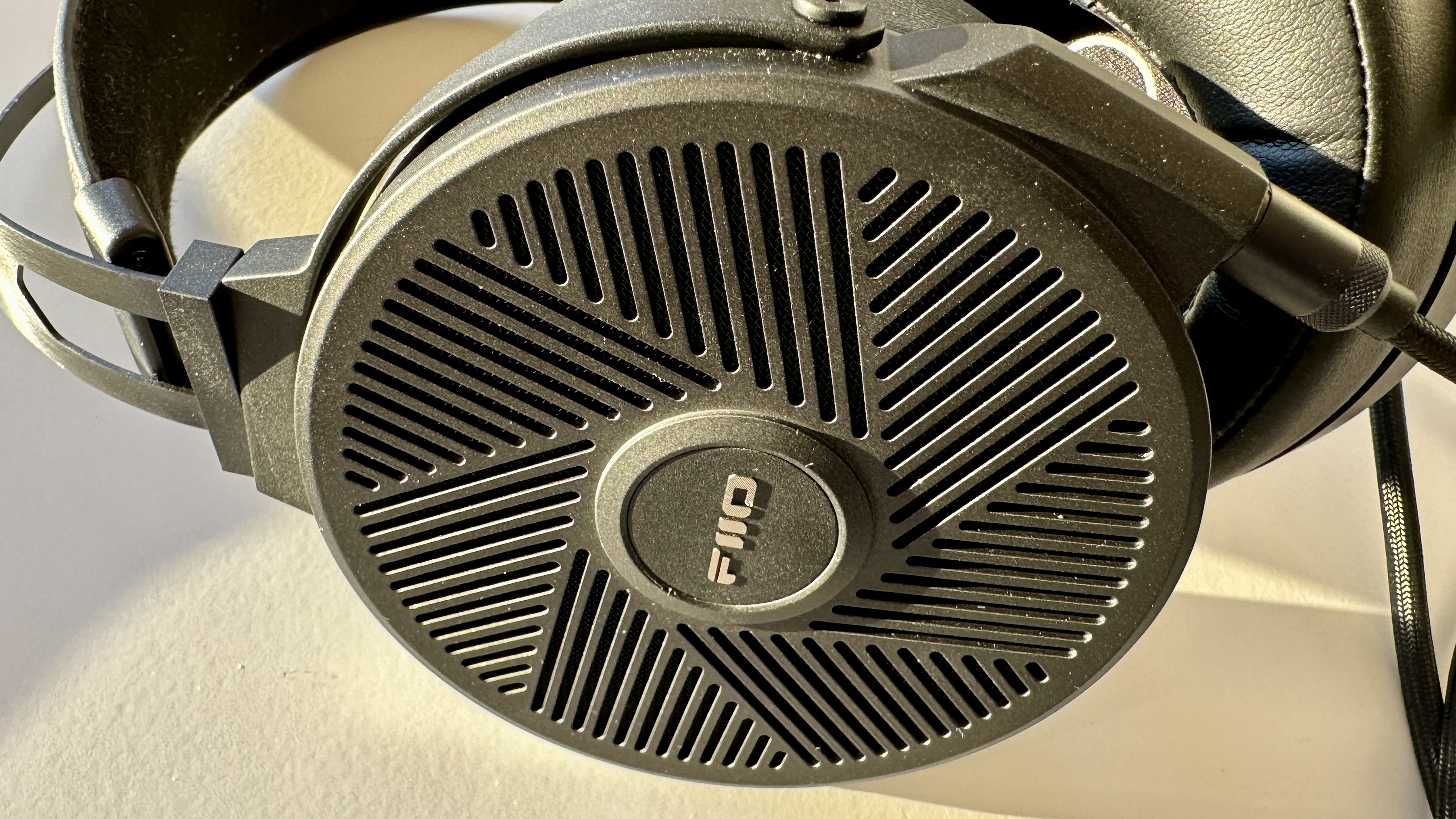
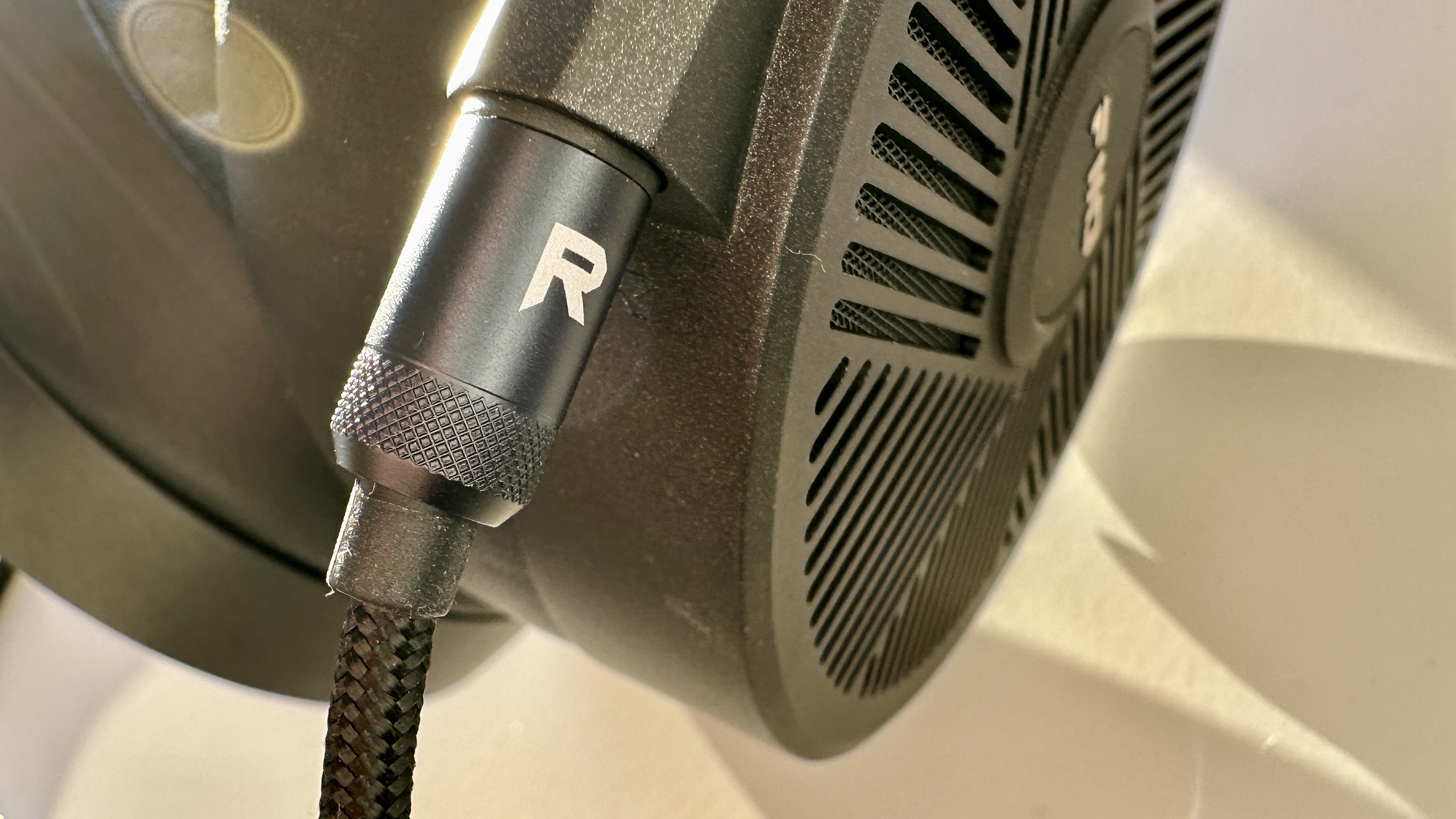
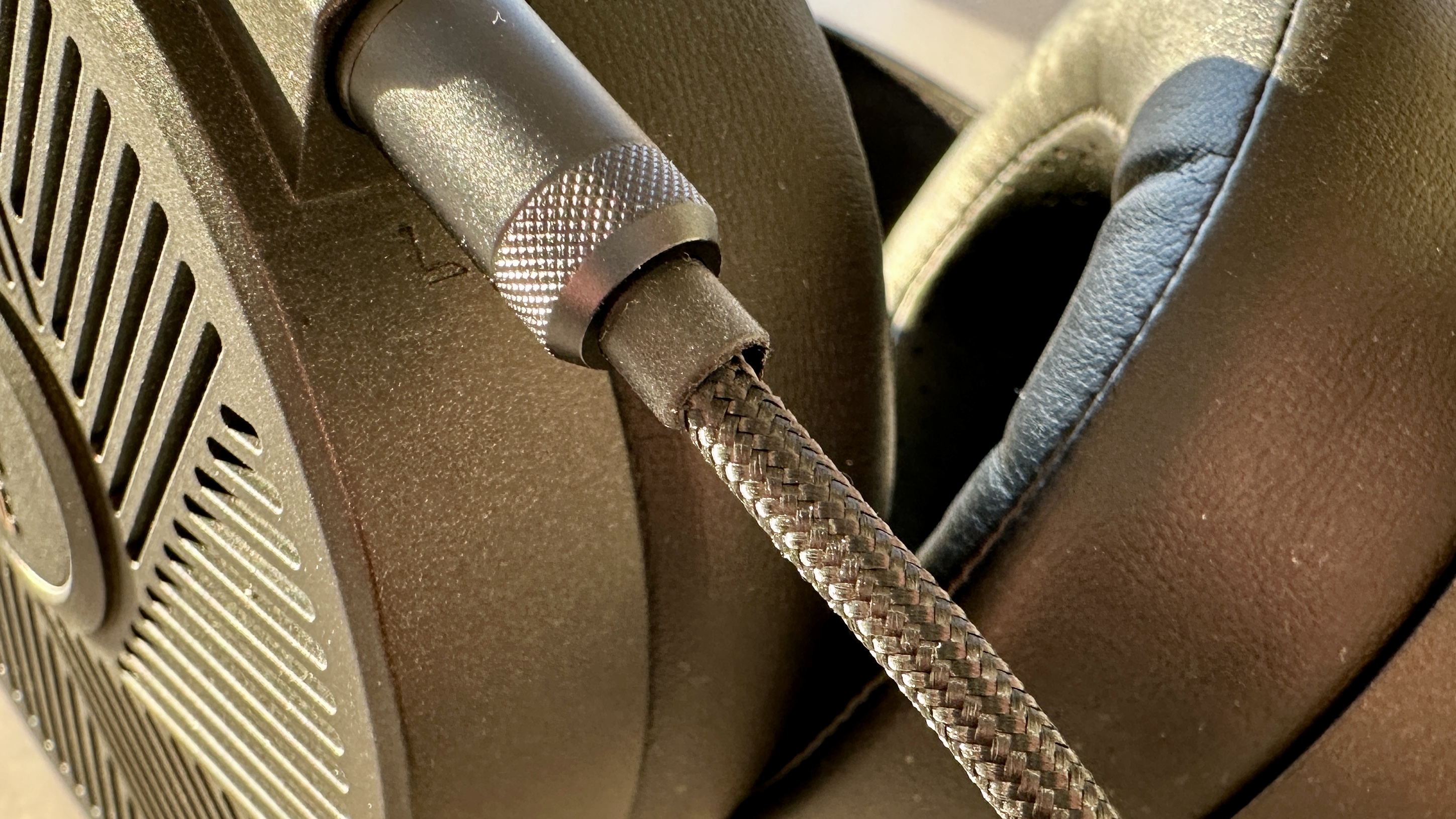
Specifications
Reasons to buy
Reasons to avoid
✅ You know a bargain when you hear one: They’re not perfect, but at this price the FT3 nails the sound – and gets very little wrong.
✅ You sit still when you listen: These are wired, so wandering is tricky. Though the long cable does give you a bit of wiggle room.
❌ You’re a bit clumsy: 10 feet of cable is plenty – maybe too plenty – if you’re prone to getting tangled.
❌ You’ve got a smaller head: They’re not the biggest headphones out there, but the FT3 can still feel oversized on petite heads.
The USP here is FiiO's implementation of big (huge! 90mm) planar magnetic drivers. Why? Because at this level, the more pragmatic dynamic driver is far more prevalent – but FiiO decided, before releasing them (in December 2023) that planar magentic drivers were the best way to get “intense energy like a thunderstorm” from these cans – and we're truly grateful FiiO's engineers persisted.
To drill down into that tech, each earcup features a large, extraordinarily thin (6µm) planar magnetic driver, with 11 neodymium magnets on one side and nine on the other. And with it, he FT5 strike an ideal balance in every respect, from the classy build to the way they sound. If it’s total sonic neutrality you’re after, you may need to pass – but if you fancy an entertaining sound with a good dollop of audiophile credibility thrown in, do give them a whirl at your local dealership.
They’re able to hone in on the finest details, while managing to stay engaged and entertaining at the same time. The FT5 are quick off the mark with complex rhythmic passages while allowing any vocalist they're dealt to sound positive, emotive and visceral.
Any flies in the ointment? One: Tonally, the FiiO are on the ‘fractionally warm’ side, but it’s such a small issue we mention it more as a trait than a flaw. Highly recommended.
Read our full FiiO FT5 review
FiiO FT5 scorecard
Attributes | Score |
|---|---|
Fit / comfort | 4.5 / 5 |
Sound | 4.5 / 5 |
Cable length / quality | 4 / 5 |
The best elite planar wired headphones



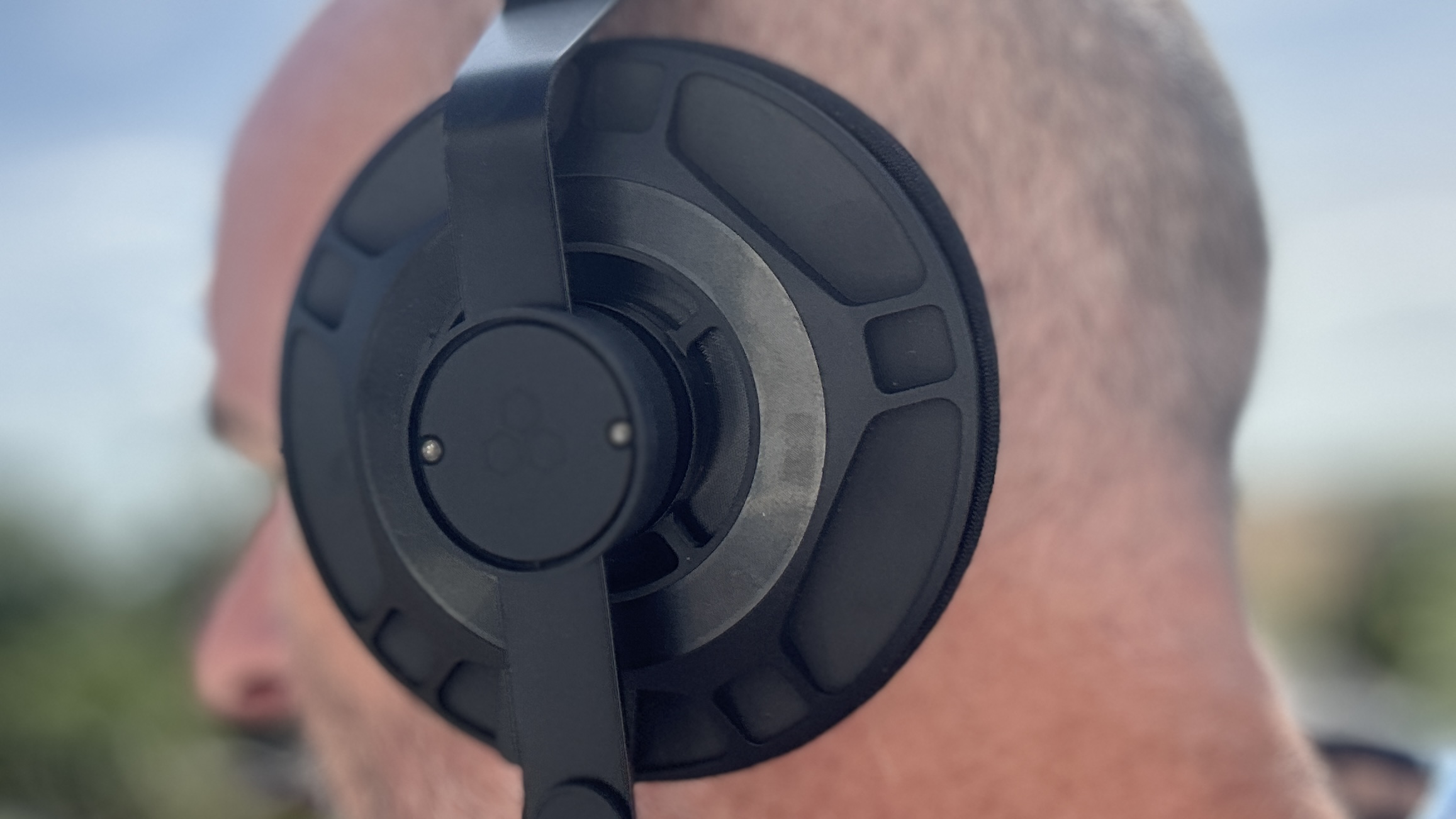
Specifications
Reasons to buy
Reasons to avoid
✅ You admire innovative engineering: Final Audio has really gone to town with the build of these, and the results speak for themselves.
✅ You love detailed, revealing sound: The D7000’s open design and impressive detail retrieval make for a seriously absorbing listen.
❌ Your head’s on the smaller side: No polite way to put it – the D7000’s earcups are bloody massive.
❌ You crave sonic excitement: They stunning clarity and detail, but if your playlists lean heavy (think grime or thrash metal), you might find more punch elsewhere.
There's a reason we've included the Final D7000 headphones as our 'best elite planar' pick in this best wired headphones buying guide. That's because everything about these cans is elite, including their sky-high $3,499 / £2,999 / AU$5,899 price. We'd never go so far as to say that this huge price is solid value, but we will say that Final has gone all out in making these planar magnetic headphones shine in every respect.
Without getting into the technical weeds, Final has developed a bunch of new audio technologies here to deliver a top-tier audiophile listening experience. Everything is excellent here, the wide soundstage, power and detail. In our final D7000 review, we wrote: "They’re fun to listen to, musical in their approach, and have so many pertinent observations to make about the minutiae of recordings that each listen is a little voyage of discovery." Our only criticism? During our testing, we noted a lack of dynamism, struggling to accommodate big shifts in volume and intensity at times – though, to be clear, that's 'struggling' in the relative sense, compared to similarly high-priced headphones.
At 437g, these headphones feel a little big and bulky when you wear them. Luckily, the earcups and headband are comfortable, and Final has used a light and breathable fabric that makes them feel much lighter on your head than you'd expect from headphones of this size.
They also need a good headphone amp to drive them if you want to make them sing – our pick of the best headphones amps has some suitable options. It's also odd that these only come with the option of an unbalanced 6.3mm cable.
If you want to spend big on a pair of headphones that are impeccably well built and finished, packed with innovative technologies and sound fantastic in every respect except dynamic responses, we can't recommend the D7000 highly enough.
Read our full Final D7000 review
Final D7000 scorecard
Attributes | Score |
|---|---|
Fit / comfort | 4 / 5 |
Sound | 4 / 5 |
Cable length / quality | 3.5 / 5 |
The best closed-back wired headphones
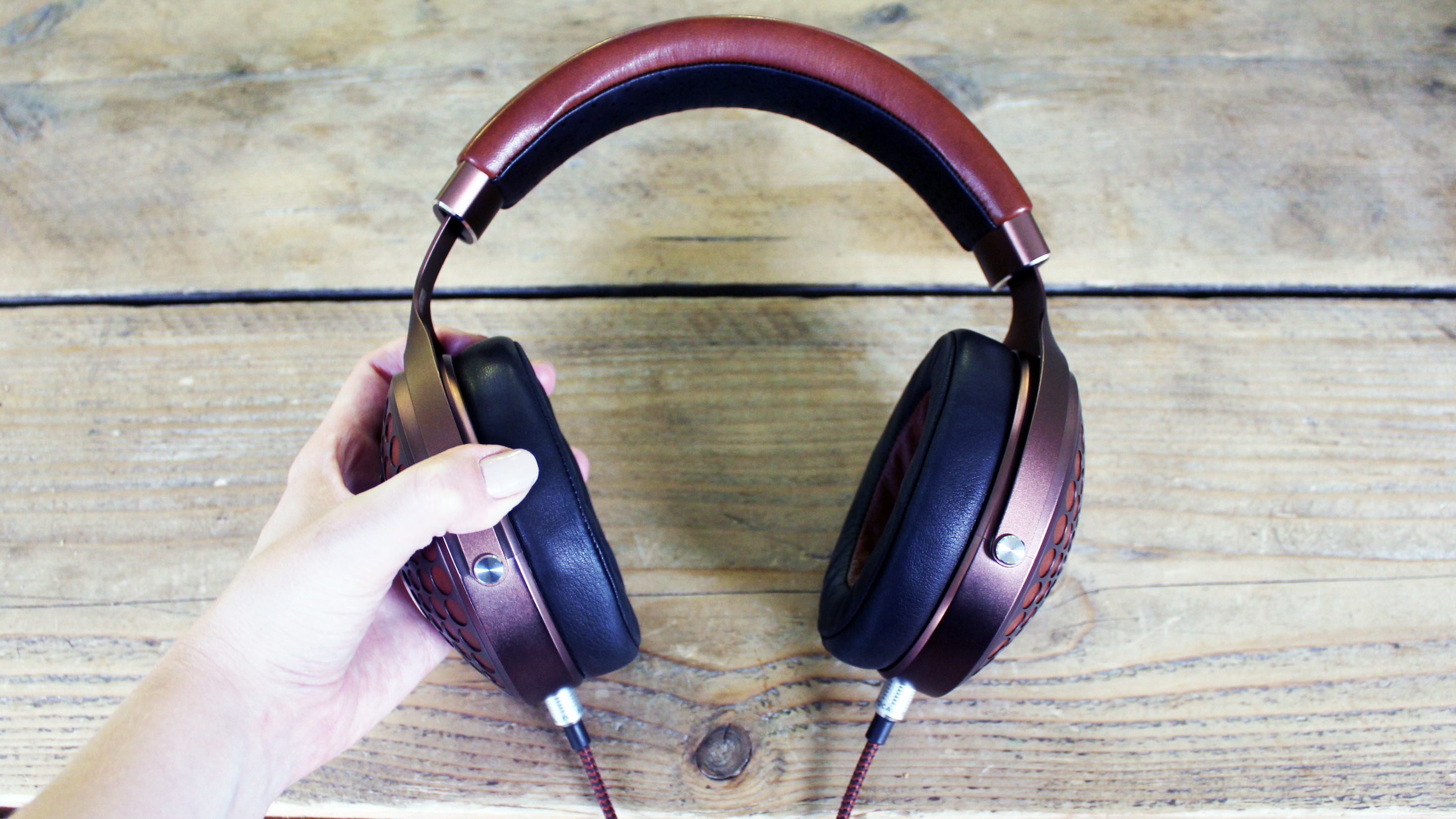
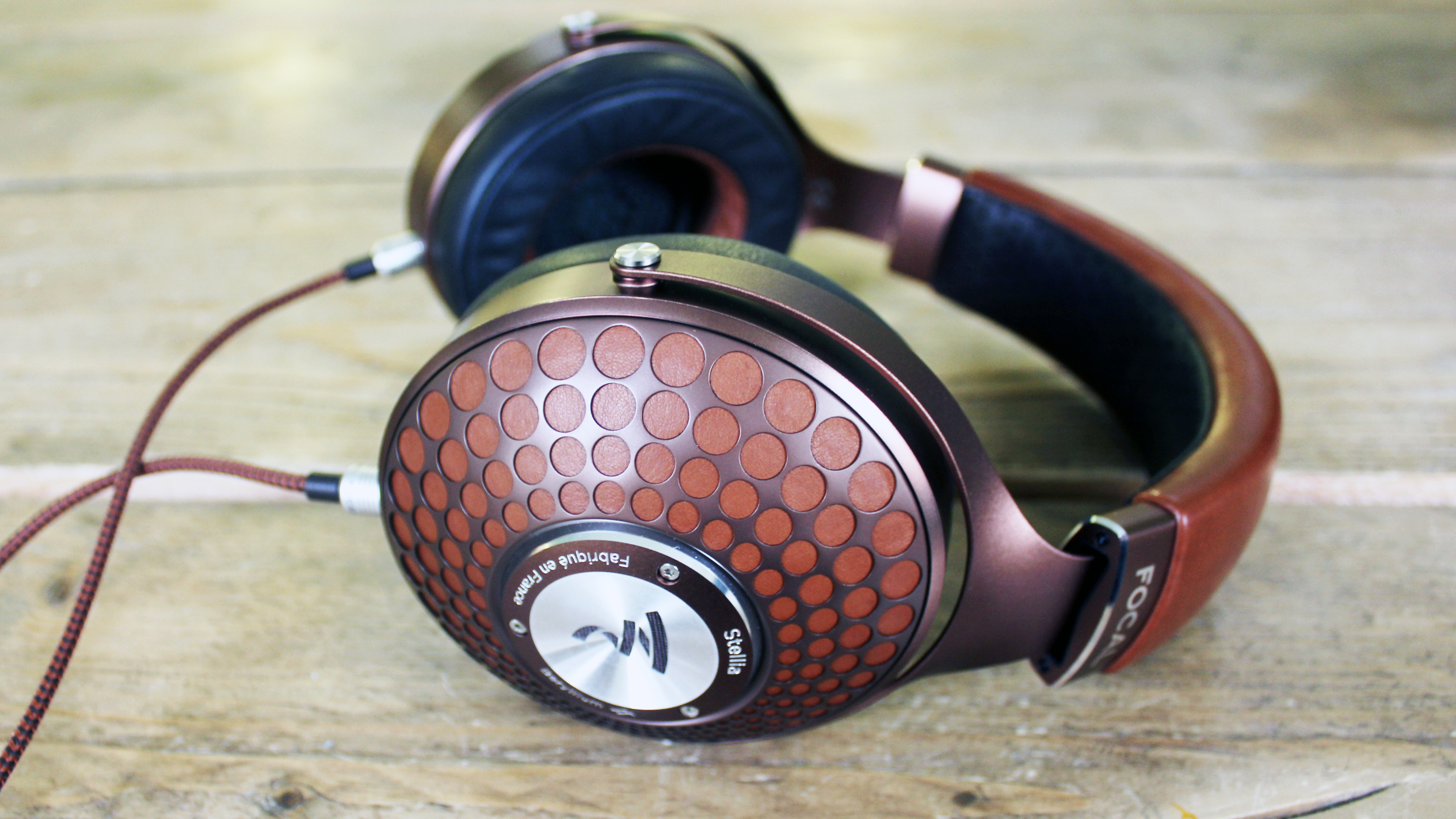

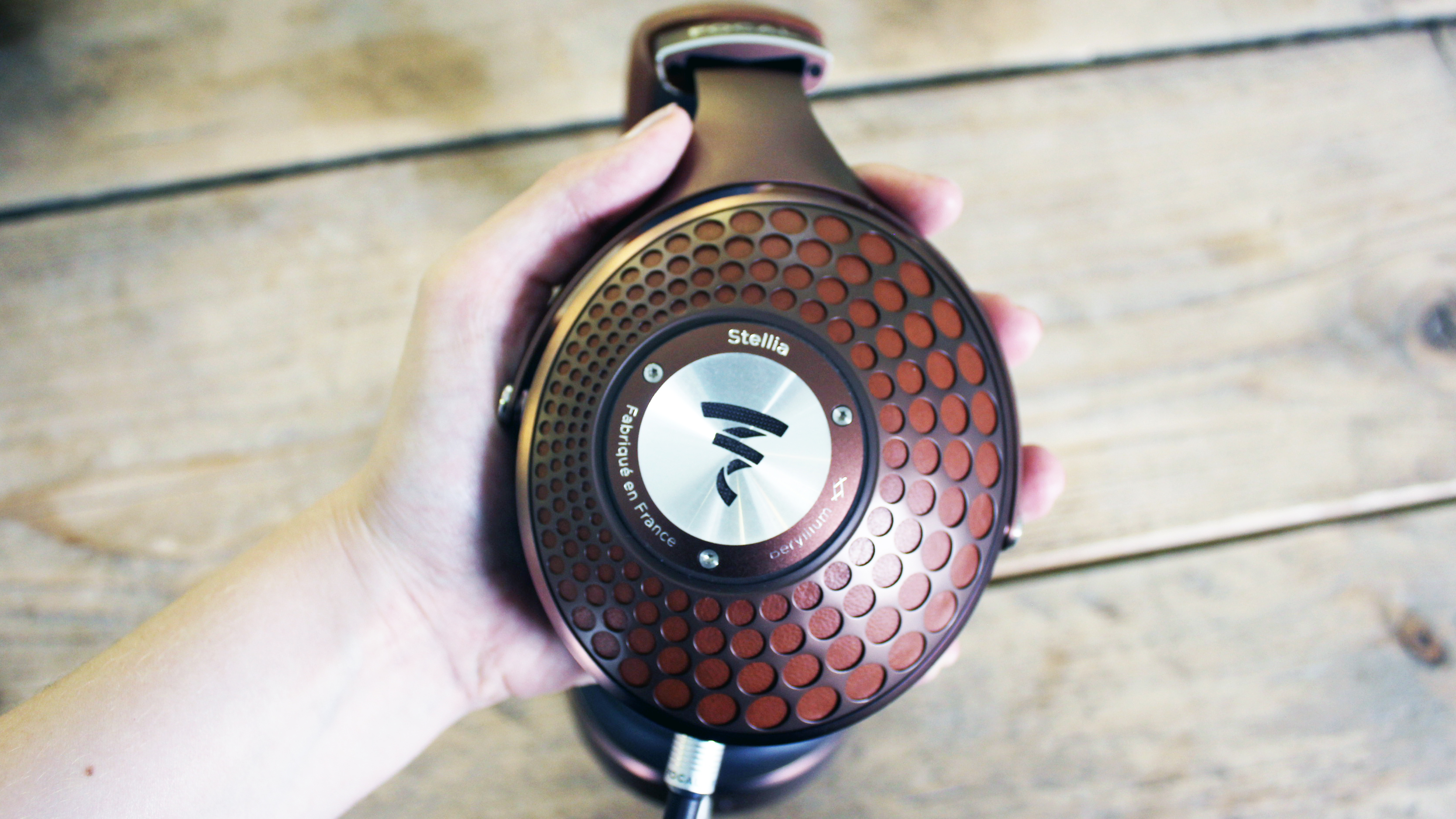
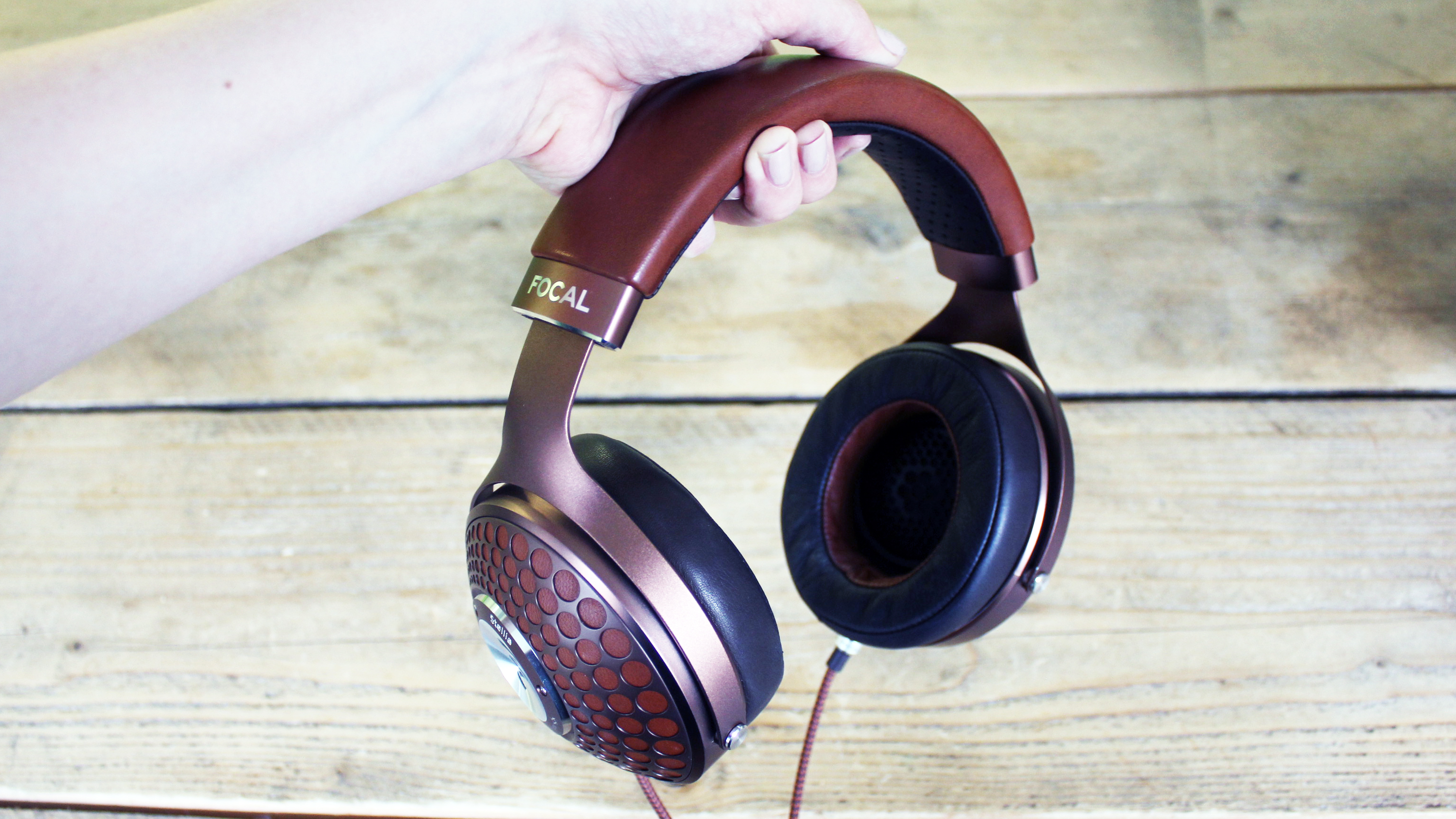
Specifications
Reasons to buy
Reasons to avoid
✅ You like the finer things: Big, bold, and beautifully built with leather cups, brushed copper accents, and a seriously premium finish.
✅ You enjoy precise, open sound: An absolute delight to listen to – everything comes through with stunning clarity and depth.
❌ You can't stretch to a luxury price tag: These are seriously high-end – and seriously expensive. Only worth considering if your budget’s as big as your wish list.
❌ You love minimalism: Feature-packed and visually striking, they’re impressive – but if you’re after something simple and stripped-back, these aren’t it.
Focal Stellia's luxurious looks are matched by the classy build quality – the headband and cups are full-grain leather (note to vegans, it's real) and the cups have memory foam cushions that are designed to mold to shape of your ears.
This is a set of cans made to be looked at, but despite their size we found them to be extremely comfortable even while listening for long periods of time. In fact, every aspect of Focal's build here just screams opulence, right down to the leather-effect box they come in. Inside, you’ll find a sturdy woven carrying case that could easily pass as a designer handbag, as well as a leather-style wallet containing user manuals. It’s this attention to detail that makes the $3,000 price tag almost feel justified… almost.
And the Focal Stellia sound absolutely fantastic. Their wide-open soundstage and detailed, accurate sound treatment means they make any genre of music come alive and open out before your very ears. Listen to songs you think you know like the back of your hand and the Stellia's surgical separation means you'll likely hear details you’ve never noticed before. The impressive thing is how close it comes to feeling as natural as open-backed headphones, but with the sound isolation of closed-back. But that's what you're paying for.
Those who like to keep things minimal when it comes to portable headgear probably won’t like the showy, opulent design of the Focal Stellia (and they can feel a little chunky on the commute), but if luxury is your thing, the aesthetic might appeal – and the sound definitely will.
Read our full Focal Stellia review
Focal Stellia scorecard
Attributes | Score |
|---|---|
Fit / comfort | 5 / 5 |
Sound | 5 / 5 |
Cable length / quality | 5 / 5 |
The best wired headphones for larger heads
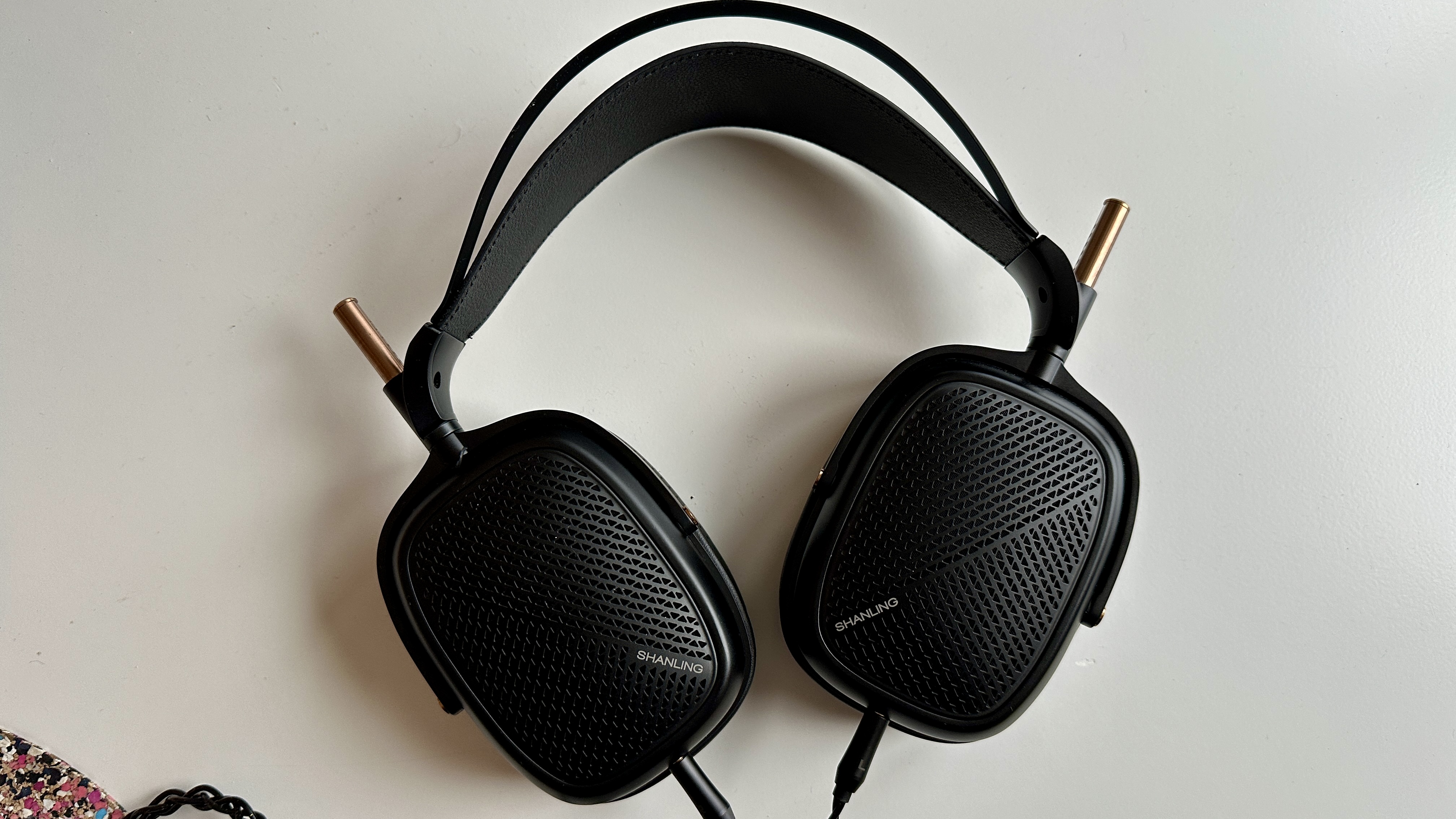
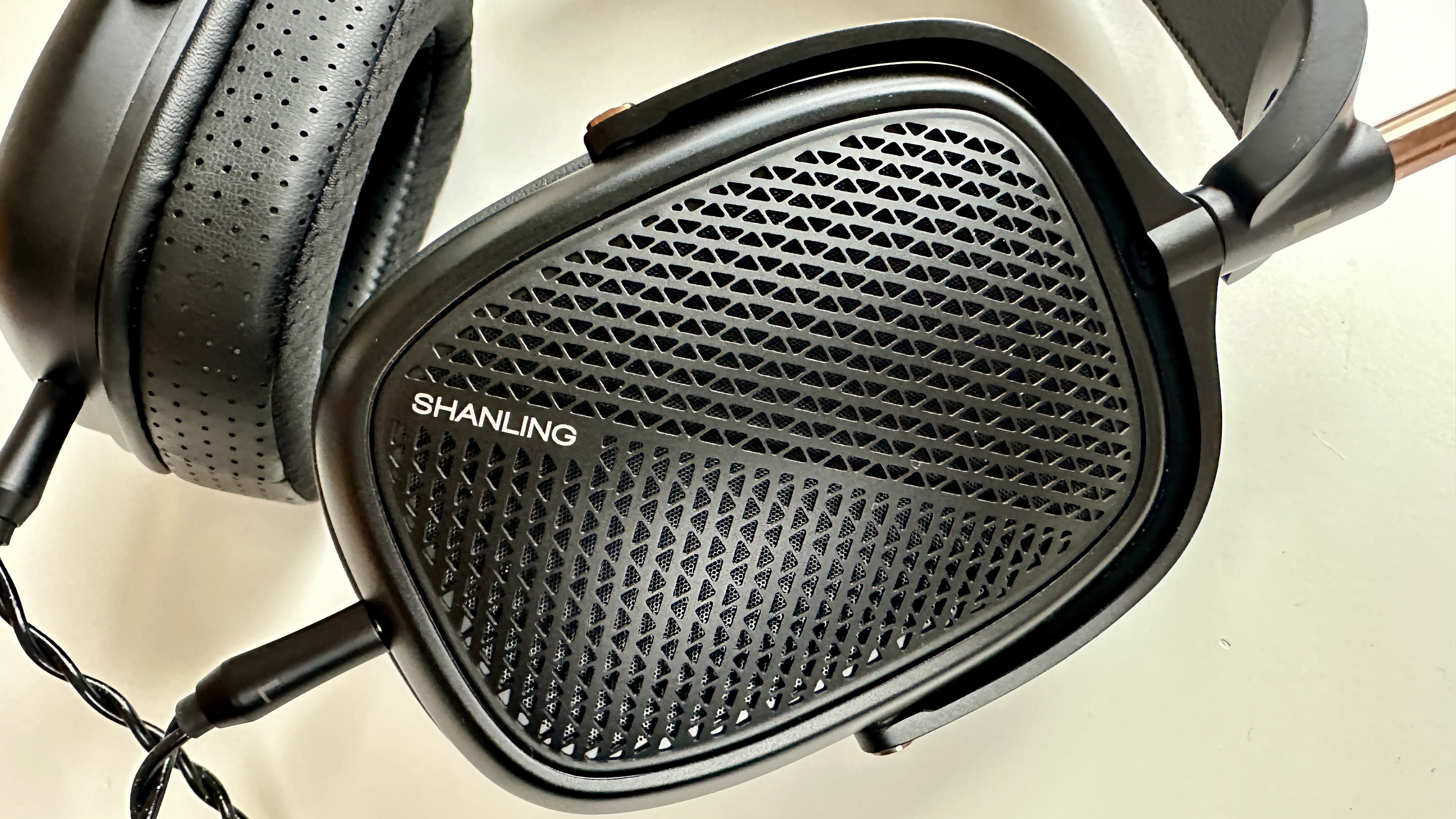
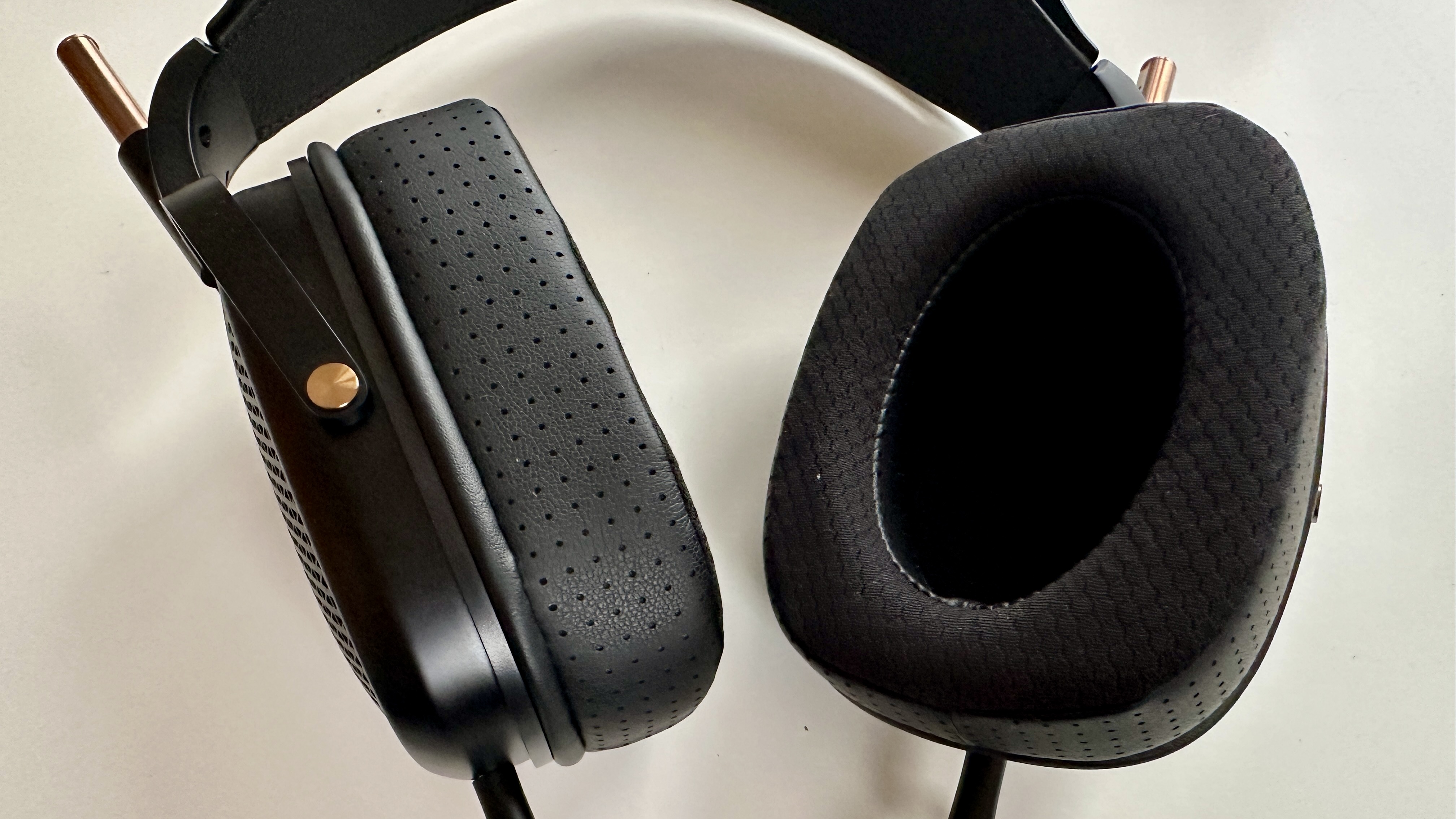
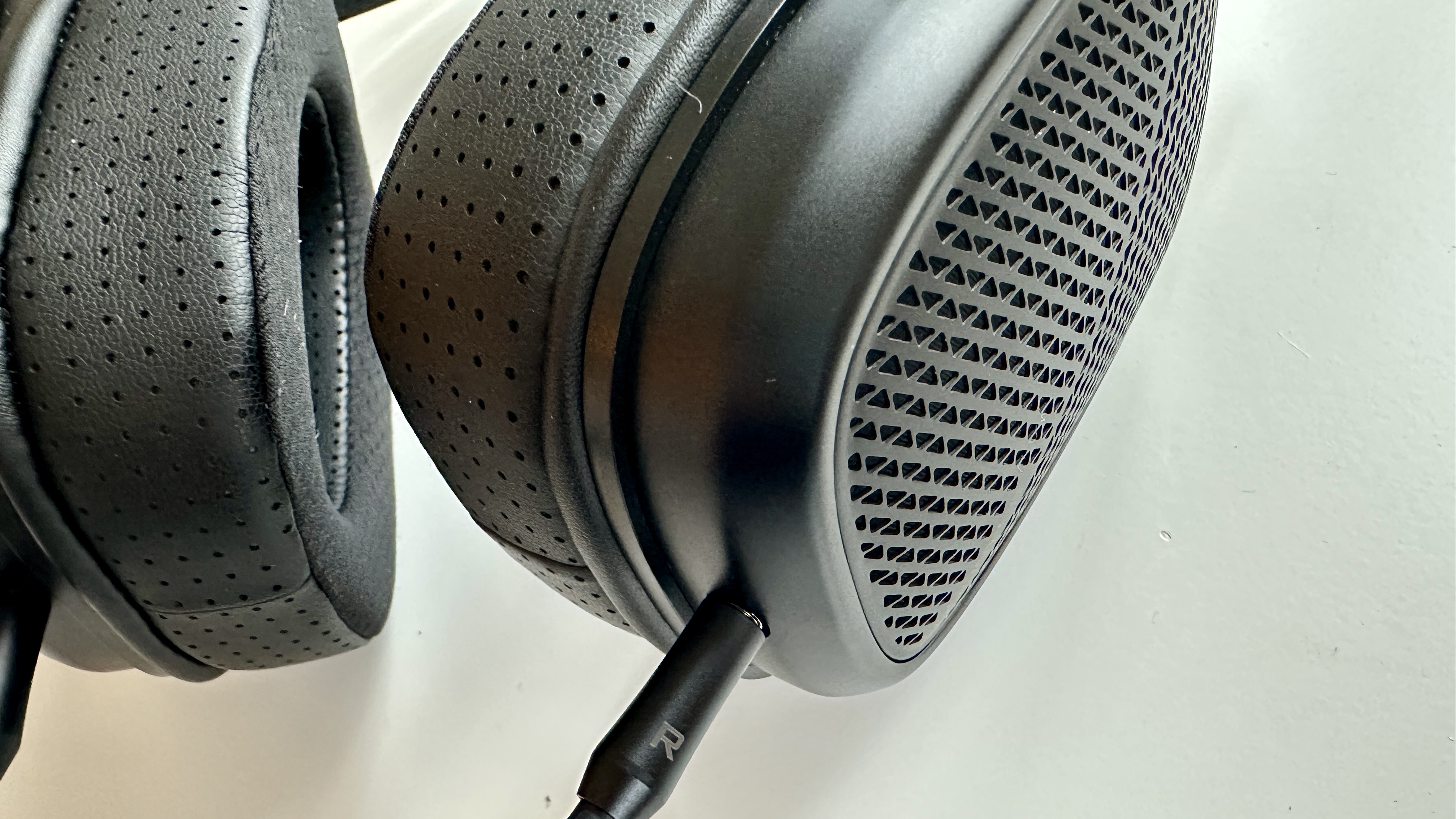
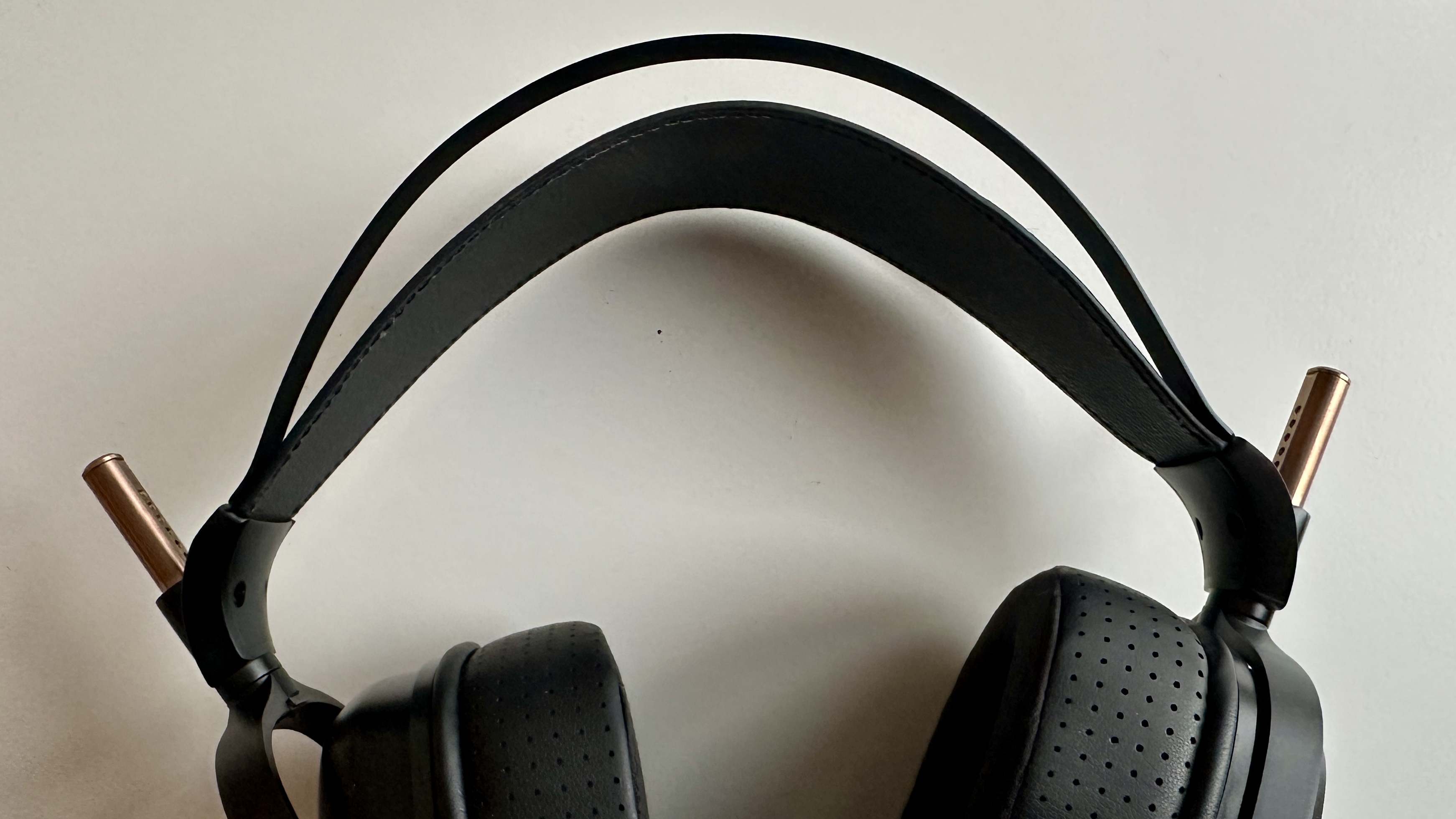
Specifications
Reasons to buy
Reasons to avoid
✅ You enjoy vivid, widescreen sound: The HW600 offer a spacious, well-defined listen, with crystal-clear positioning of every element on the stage.
✅ You appreciate quality craftsmanship: If you’re happy with the materials, it’s hard not to admire Shanling’s impressive build and finish on the HW600.
❌ Your head’s even remotely petite: Big money here means big sound – and big headphones.
❌ You’re vegetarian: Yet again, an audio brand leans on animal hide as shorthand for “luxury.” Not ideal if you’re avoiding leather.
The Shanling HW600 headphones are premium through and through. They're well-appointed, planar magnetic headphones that pack in a lot of sonic excellence, which we'll get to in a minute. But although they certainly deserve a spot in this best wired headphones guide for their audio alone, they're our top recommendation for those with larger heads.
The reason for this is that planar magnetic headphones tend to be on the bigger side as a general rule. But these are still large, even for our reviewer who's over 6-feet tall. Think this doesn't matter so much? Nope, think again. Finding the right over-ears for larger heads is as much an issue as finding earbuds for small ears – and we know this, because we launched a full investigation into headphones coming up short and recorded our measurements. It's also worth mentioning there's another design choice here that might not be right for you: lambskin. It's on the ear cups, so we don't blame vegans for steering clear.
Otherwise, they're very nicely finished, with a two-tier headband arrangement and comfortable memory foam earcups that distribute their 480g weight incredibly well – perfect for long listening sessions.
The audio quality here is exceptional. During our testing, we praised the Shanling HW600 for their "spacious and well-defined sonic layout". But the soundstage doesn't just feel open and expansive, but incredibly detailed and dynamic too. The only place you could notice a slight drop in excellence is at the lower end of the frequency range. However, as we noted in our review, this is only going to impact those who like EDM or other content that relies on eloquence down at the low end. Everyone else will be more than happy.
Each earcup houses a 110 x 86mm planar magnetic driver, just 8µm thick, with a silver-plated aluminium ‘switchback’ coil placed between 14 neodymium/iron/boron magnets in a seven-a-side setup. The wired earcups use standard 3.5mm connectors, making cable replacement simple. However, Shanling’s included 1.5m loosely braided single-crystal copper cable with a balanced 4.4mm termination is worth testing thoroughly first. A 6.3mm adapter is also included in the box.
They're premium headphones and they're not mainstream, with a couple of fairly big caveats, but they're also excellent in almost every other way.
Read our full Shanling HW600 review
Shanling HW600 scorecard
Attributes | Score |
|---|---|
Fit / comfort | 4 / 5 |
Sound | 5 / 5 |
Cable length / quality | 4.5 / 5 |
Other wireless headphones to consider
Sivga Oriole: The Sivga Oriole were our 'best budget' pick in this guide for a long time, but they were removed because they've been out a while now and the newer and higher-rated Austrian Audio Hi-X20 headphones beat them, representing better value. However, as you'll see from our Sivga Oriole review, we still recommend these headphones because they look fantastic, sound good and they're cheap.
FiiO FT1: We recently published our FiiO FT1 review. We did enjoy the lively sound and premium materials when we tested these headphones, but they were a letdown in other ways. For example, the sound was too confined and you can't fold them down, which makes them annoying to travel with.
Wired earbuds: If none of the best wired headphones in this guide are what you're looking for, do consider the options in our best wired earbuds guide instead. They'll suit people who want a much smaller design and don't mind the feeling of buds in their ears rather than on or around them.
How to choose the best wired headphones for you
Which is best: over-ear, on-ear or in-ear?
A lot of this will come down to personal preference. Do your ears tend to overheat a bit during long listening sessions? A set of in-ears might feel cooler. Want people to know you're wearing headphones and leave you be? Nothing says 'Do not disturb' like a set of over-ears. Interested in the idea of over-ears but need something small enough to throw in a bag for your commute? On-ears might be ideal.
Audiophiles often suggest that passive noise isolation levels are better when your listening gear physically covers the entirety of your ear, (in a circum-aural or over-ear design) as opposed to a supra-aural set (read: on-ears) but then again, on-ear designs can be cheaper – as the Grado option in our list above certainly is. Sonically, there are merits to both. This is all about you.
Some people dislike the intrusive nature of in-ears and find the experience a little claustrophobic, while for others it opens up sonic realms as yet uncharted. Our advice? Weigh up the priorities we've mentioned above in our best wired headphones guide then take a look at our best wired earbuds guide, head down to a local dealership to try out some headphones – and of course, use our 'how to choose your next headphones guide'.
What about planar magnetic designs vs. dynamic drivers?
OK, let's do this: a planar magnetic driver is different to the more typically-used dynamic drivers in headphones in that it uses a flat diaphragm rather than the traditional cone or dome shaped membrane. This is then sandwiched between an array of magnets to create an evenly-suspended diaphragm in between permanent magnetic fields. Why is that good? Planar magnetic drivers make the headphones that use them extremely resistant to various types of audio and electronic distortion – aka clearer, more detailed, better music.
Some extremely talented over-ears in this list sport planar magnetic drivers. That said, plenty more headphones in this list use just one dynamic driver, while others use a mind-bending array of multiple dynamic units, crossovers and balanced armatures where each driver handles a certain frequency. When done well, it can be magical – but integration across the frequencies is key and that is not easy.
What's the difference between open-back and closed-back headphones?
Here's the thing: open-back headphones tend to be the sole preserve of audiophiles who crave this design's typically superior audio quality above all else – above convenience and above keeping your playlist private.
And there's another thing too. High fidelity almost always involves some sort of compromise. Here, the trade off for audio transparency and three-dimensional clarity means headphones that leak sound to people nearby.
To explain the issue: in closed-back headphones, the audibility of any playlist you might stream is largely trapped inside the ear cup, which keeps your choice of music private but can lead to a narrow soundstage where audio feels as if it's coming directly from inside your head – hardly a natural experience.
However, the free movement of sound in and out of the cups in open-backed headphones means the soundstage feels far wider and less "closed off", almost as if you're at a live gig. The issue is that other people are being subjected to your aforementioned virtual gig too. Is it worth it? It depends on your priorities and where you'll be listening; we wouldn't suggest open-backed designs for crowded streets or subways. Then again, for the home listener going open-back can be a great thing.
How we test the best wired headphones
Just like our readers, our writers' and editors' ear shapes, ages, hearing profiles, musical tastes and listening priorities all differ hugely, which is why we "second-listen" extensively among the team and we do not cut corners in any part of our reviewing process.
As always when testing wired headphones, a thorough 48-hour run-in period is crucial to allow components to bed in and for those drivers get used to the quick business of moving air.
Review samples are tested against the class leaders at the level (and by level, we do mean similar price points), over a period of weeks, not days. We listen to various playlists (spanning everything from acid jazz to thrash metal) on the best music streaming sites but we also have a healthy collection of hi-res files to load onto some of the best hi-res audio players – and a collection of the best portable DACs and amps for harder-to-drive cans, too.
And having been at this game for more years than we'd care to admit, we know what's good and durable from a design perspective – and we know what isn't. We know when cables will be noisy; we know when a headband clicks; we know when the treble rolls off and we know when the bass is overcooked.
The latest update to this best wired headphones guide
May 2, 2025
Added new 'buy it if / don't buy if' bullet points to each entry so readers can get a quick sense of which recommendations are right for them.
January 24, 2025
Refreshed the introduction to focus on our years of expertise when it comes to testing the best headphones. Added the Shanling HW600 at the no. 10 spot as our 'best for larger heads' choice. Chose extra photos to showcase each product and added a gallery alongside our recommendations to give readers a better sense of what the headphones look like. Added score cards to the end of each entry, so readers can quickly get a look at the key specs and things they need to know.
December 12, 2024
Refreshed the introduction. Replaced the Sivga Oriole with the Austrian Audio Hi-X20 as our 'best budget' pick based on our recent testing. Added an 'also consider' section filled with recently-reviewed headphones that didn't make this guide to offer readers alternative suggestions. Updated all copy to make sure it's relevant and timely.
September 23, 2024
Removed mentions of earbuds, which you can now find in our best wired earbuds guide, to focus solely on the best wired over-ear and in-ear designs. Added the Final D7000 as the 'best elite planar' choice based on our recent review.
Read more updates…
June 20, 2024
Added a quick-link to this update log at the top of the guide and reordered the format to make top products easier to navigate to. Added an 'Also consider' section and mentioned that we'll be splitting this guide to 'best wired earbuds' and 'best wired headphones' soon, because of the plethora of testing we've recently done (and the renewed popularity of going wired, to get hi-res audio)
March 4, 2024
Added FiiO FT5 owing to its new five-star review, updated copy throughout, updated author bio.
February 23, 2024
Added FiiO FT3, removed the Westone Mach 70 as it has largely been out-performed by the Campfire Audio Solaris Stella Horizon. Updated copy throughout.
June 30, 2023
The guide launches! The products have been chosen by our team based on our recent reviews and testing of the headphones here.
Sign up for breaking news, reviews, opinion, top tech deals, and more.

Becky became Audio Editor at TechRadar in 2024, but joined the team in 2022 as Senior Staff Writer, focusing on all things hi-fi. Before this, she spent three years at What Hi-Fi? testing and reviewing everything from wallet-friendly wireless earbuds to huge high-end sound systems. Prior to gaining her MA in Journalism in 2018, Becky freelanced as an arts critic alongside a 22-year career as a professional dancer and aerialist – any love of dance starts with a love of music. Becky has previously contributed to Stuff, FourFourTwo and The Stage. When not writing, she can still be found throwing shapes in a dance studio, these days with varying degrees of success.